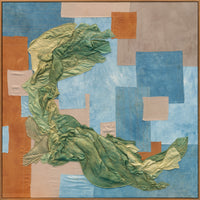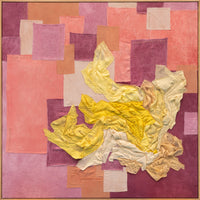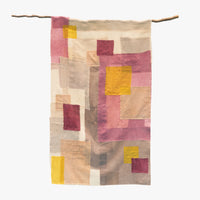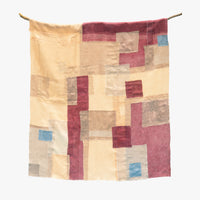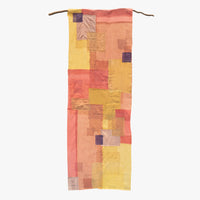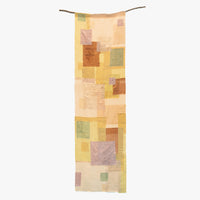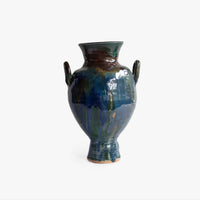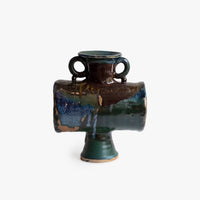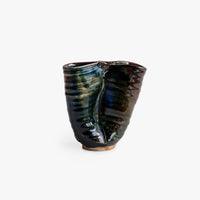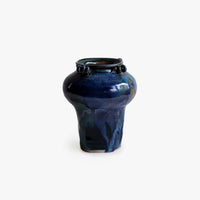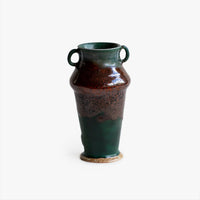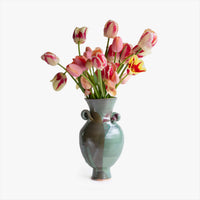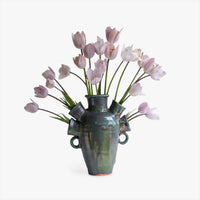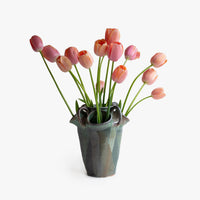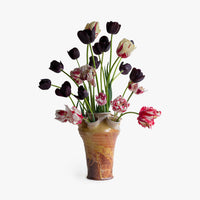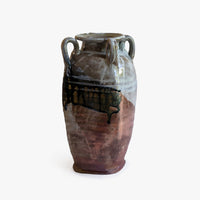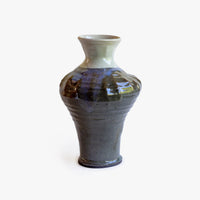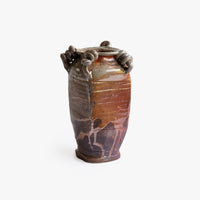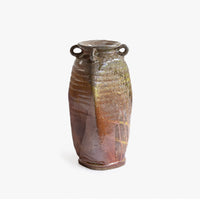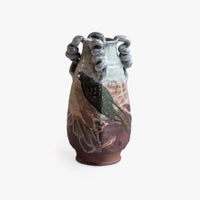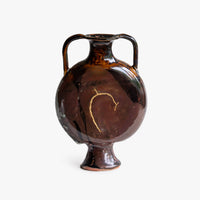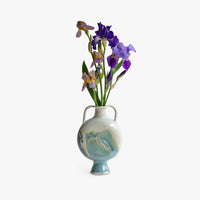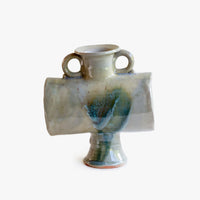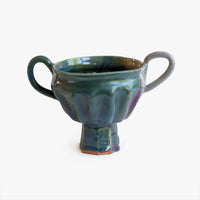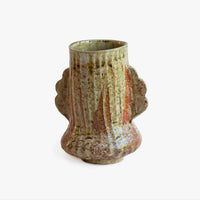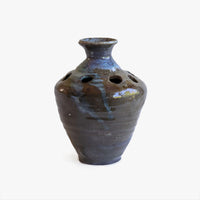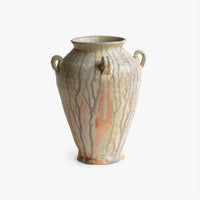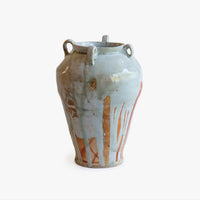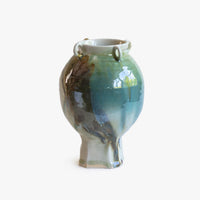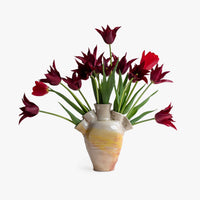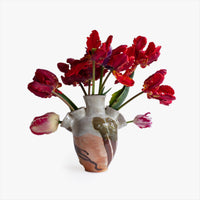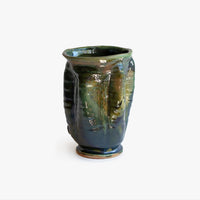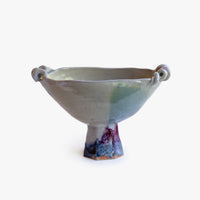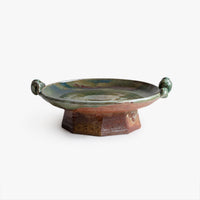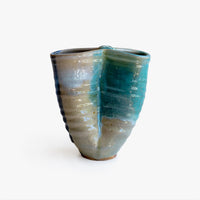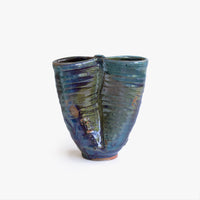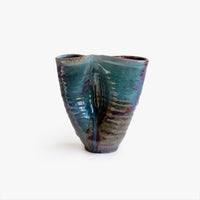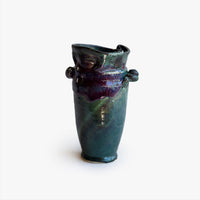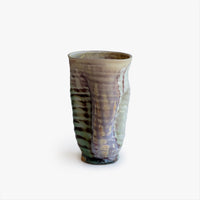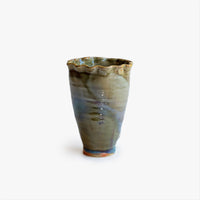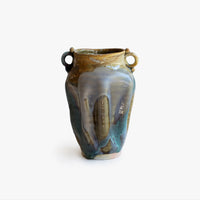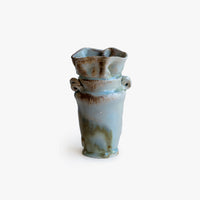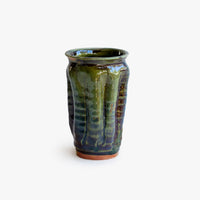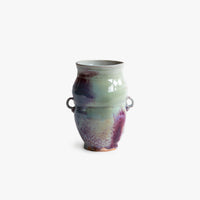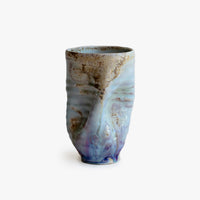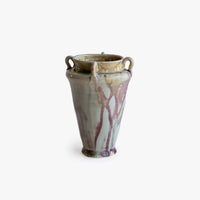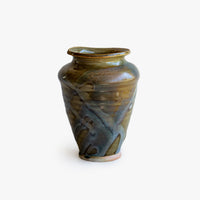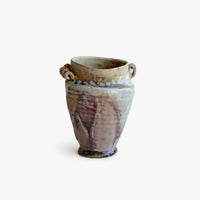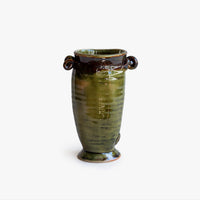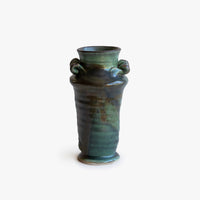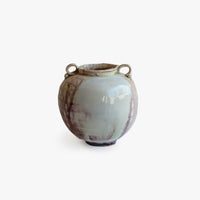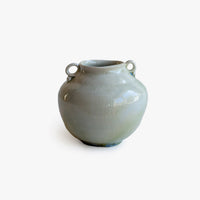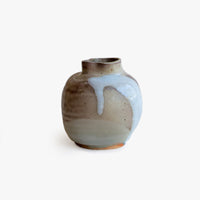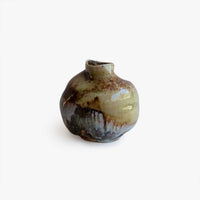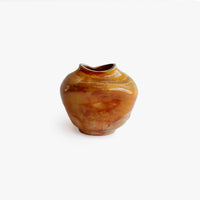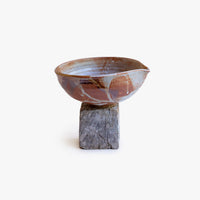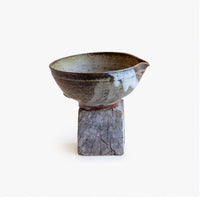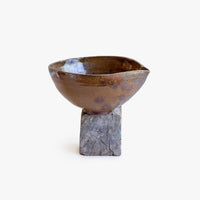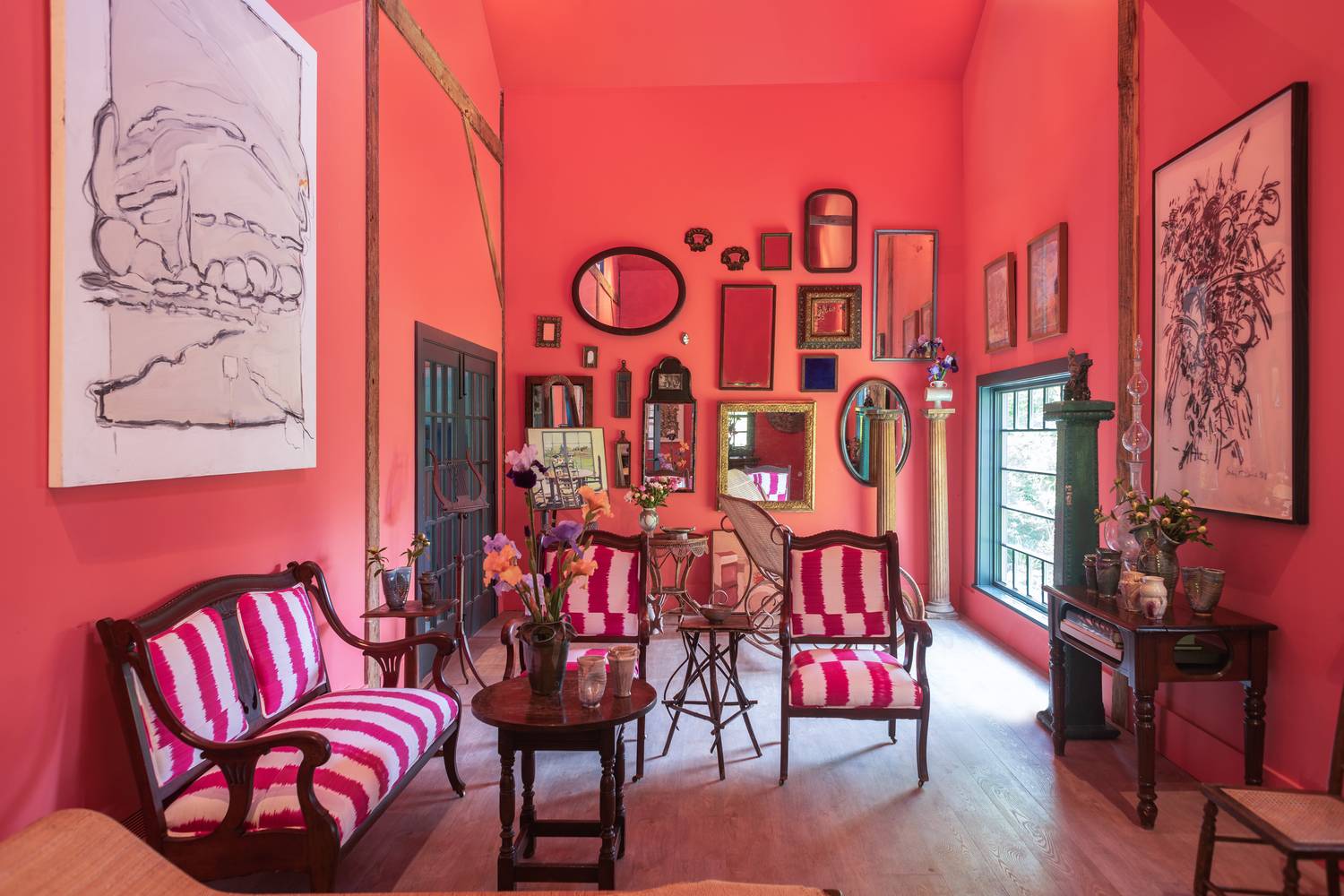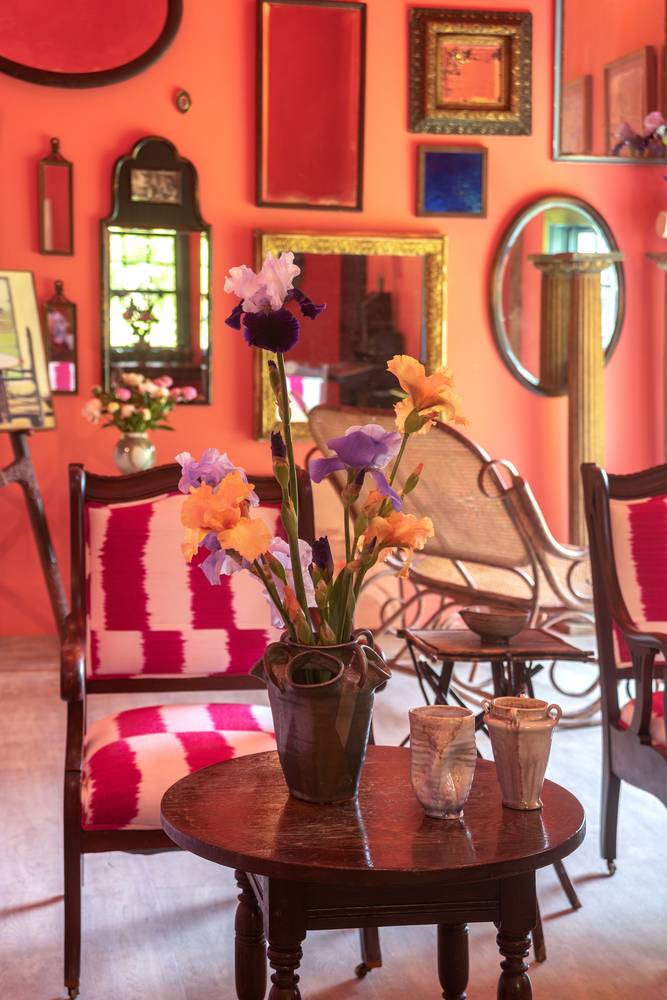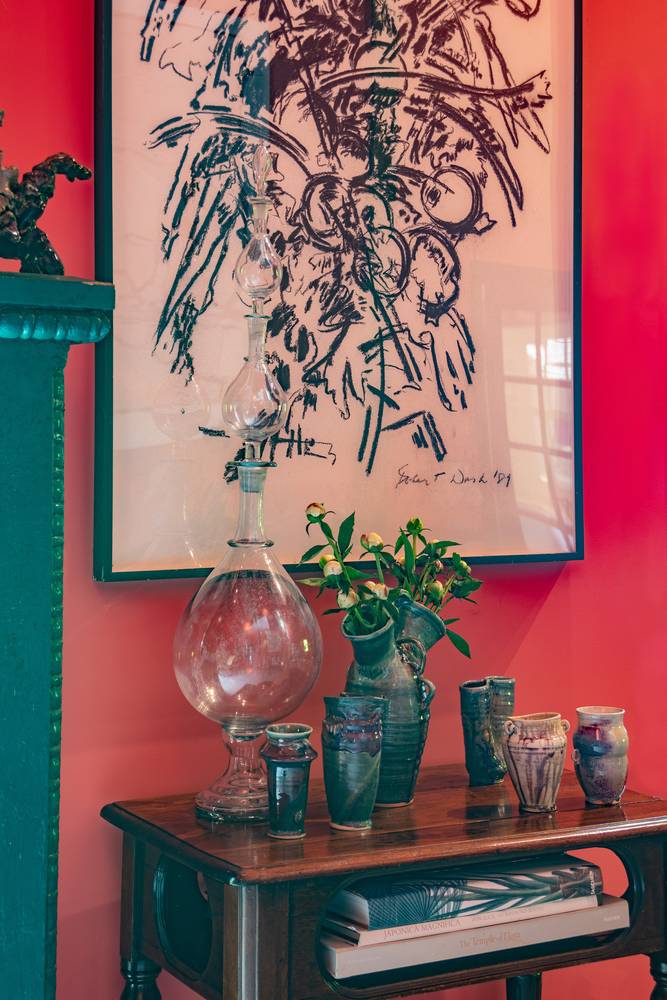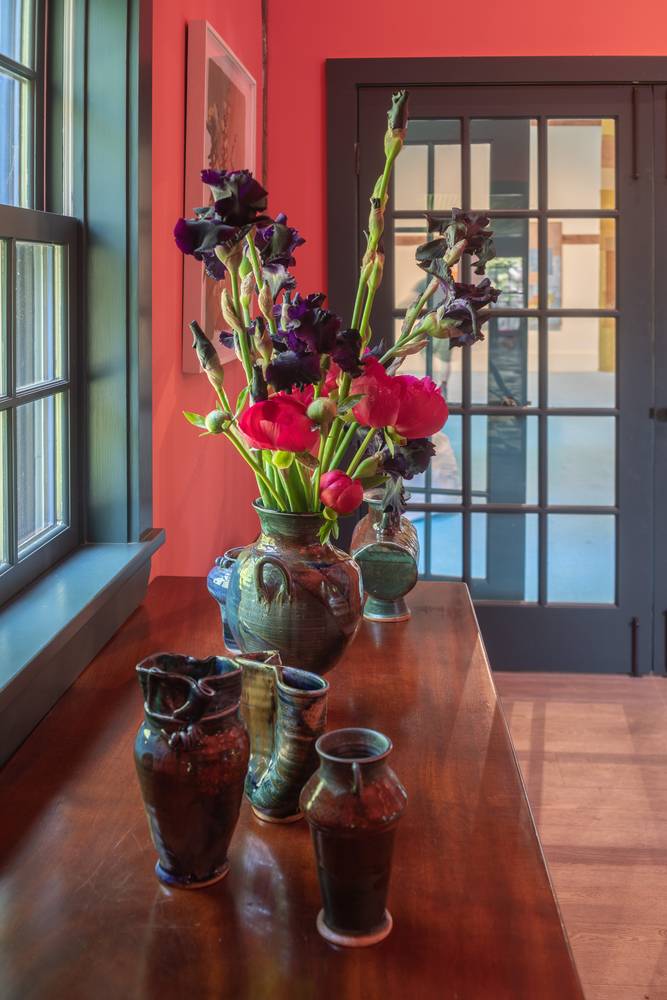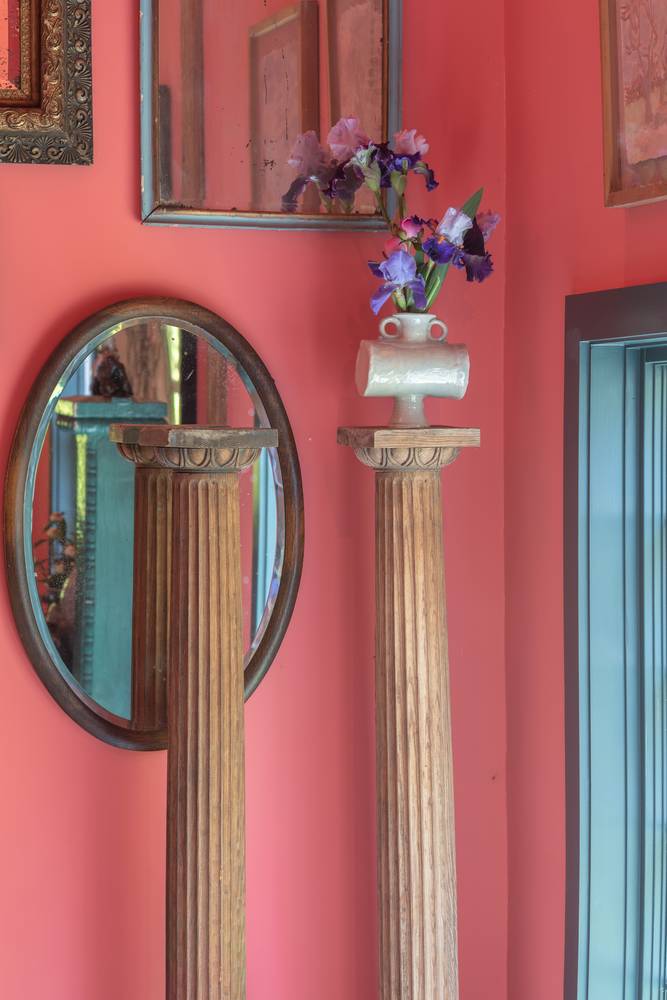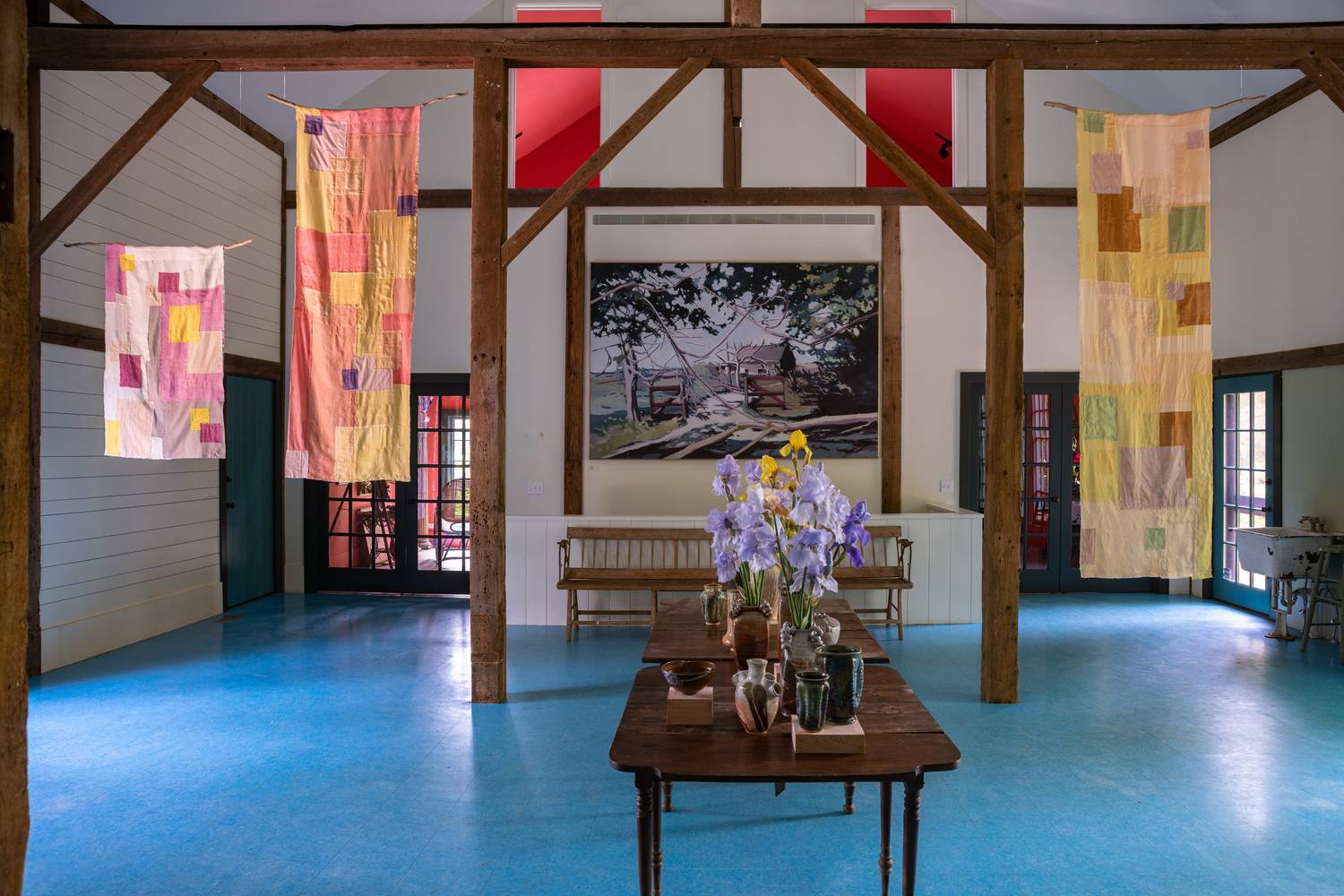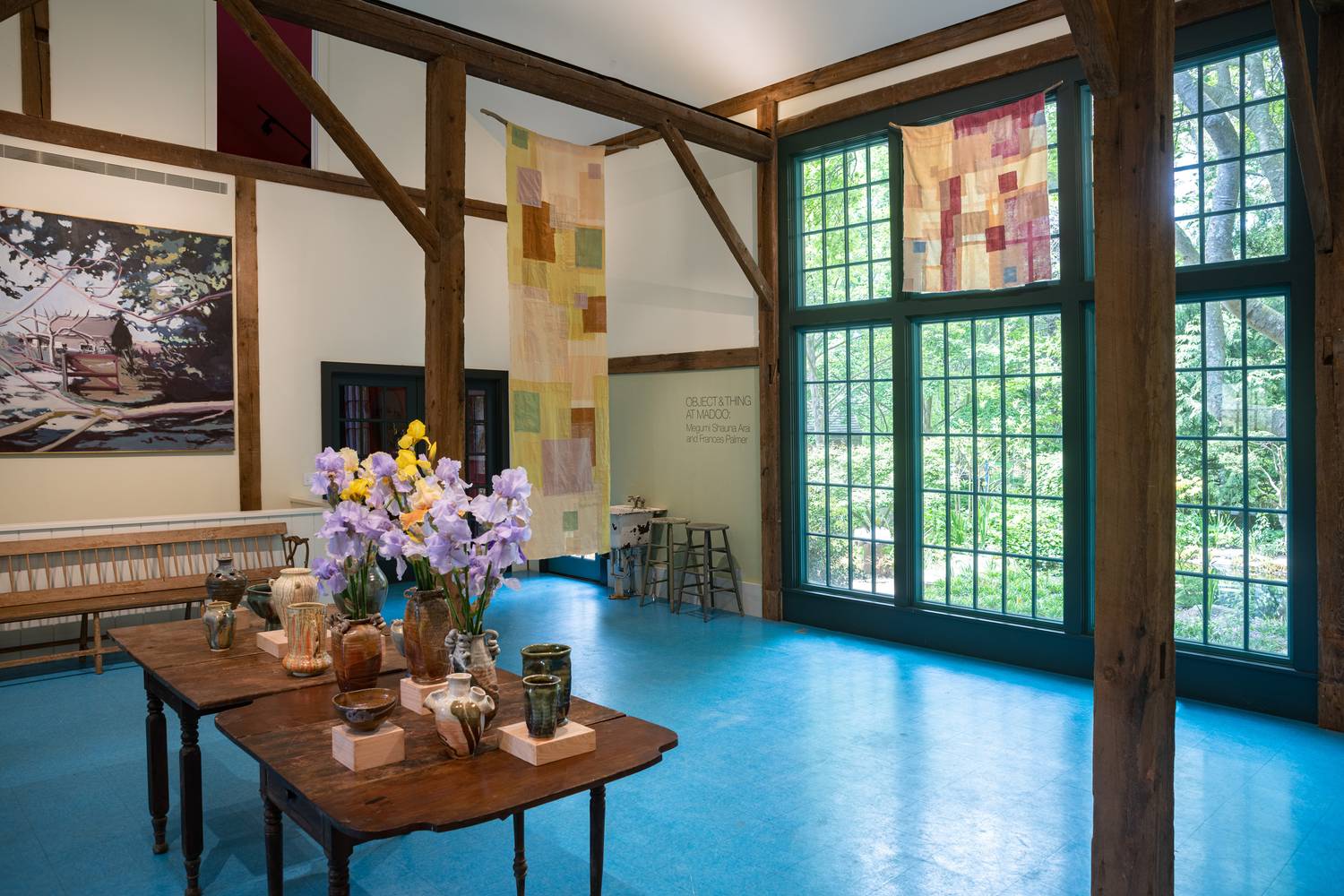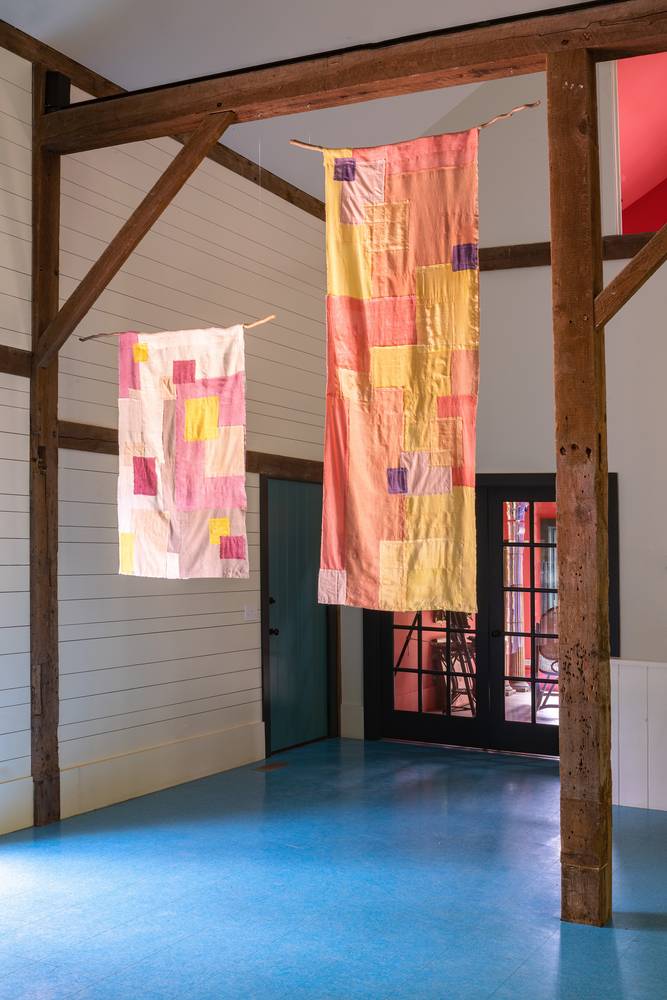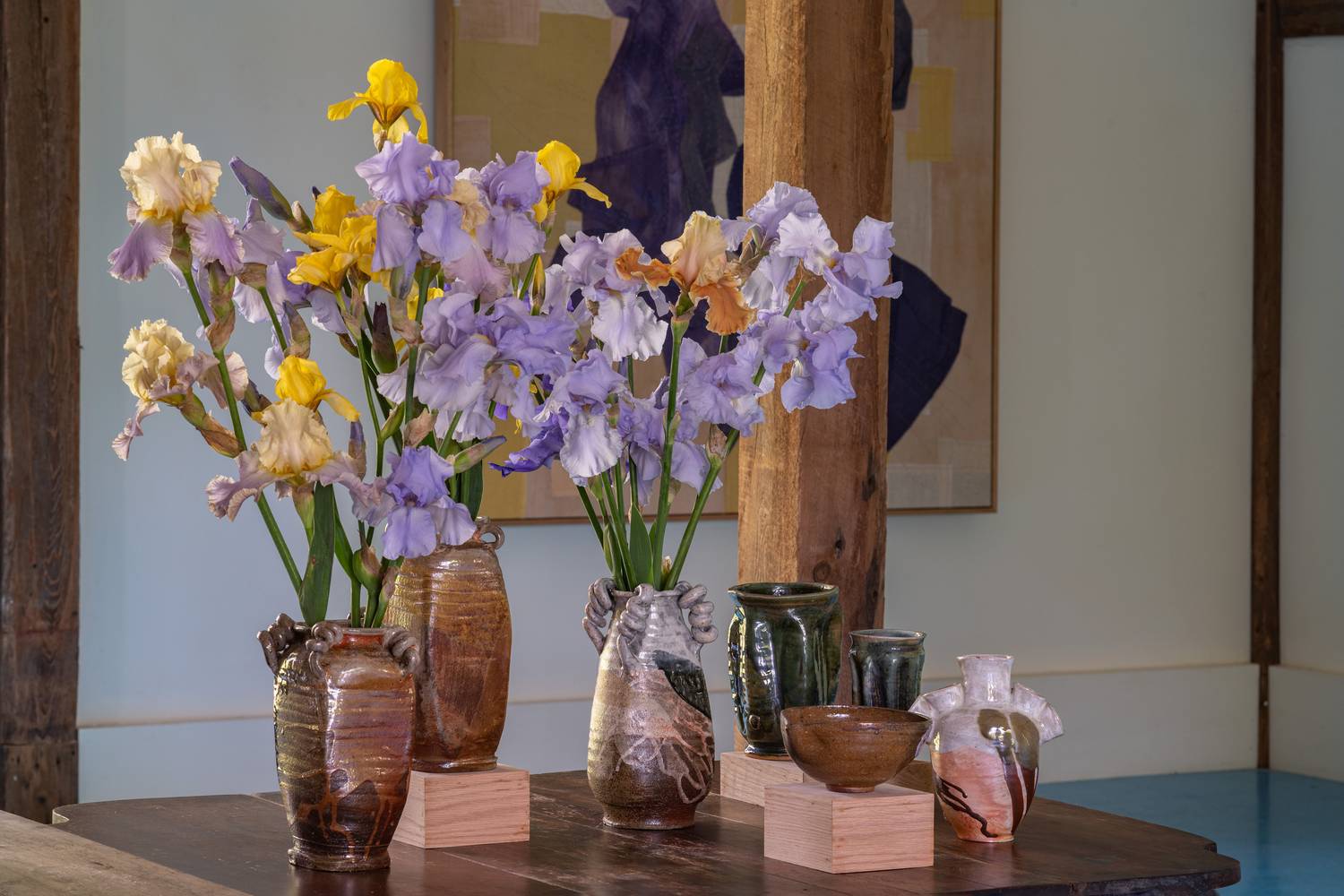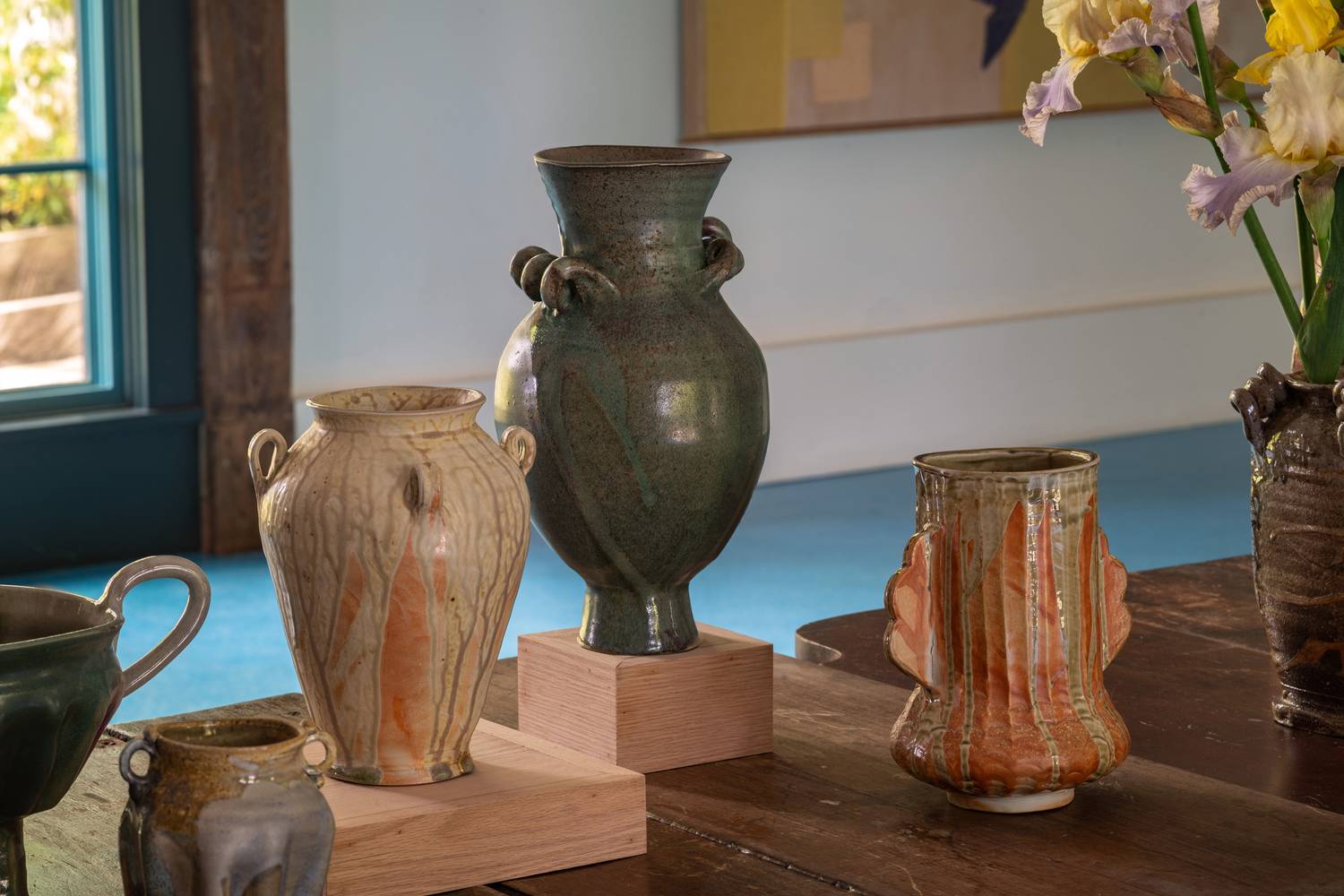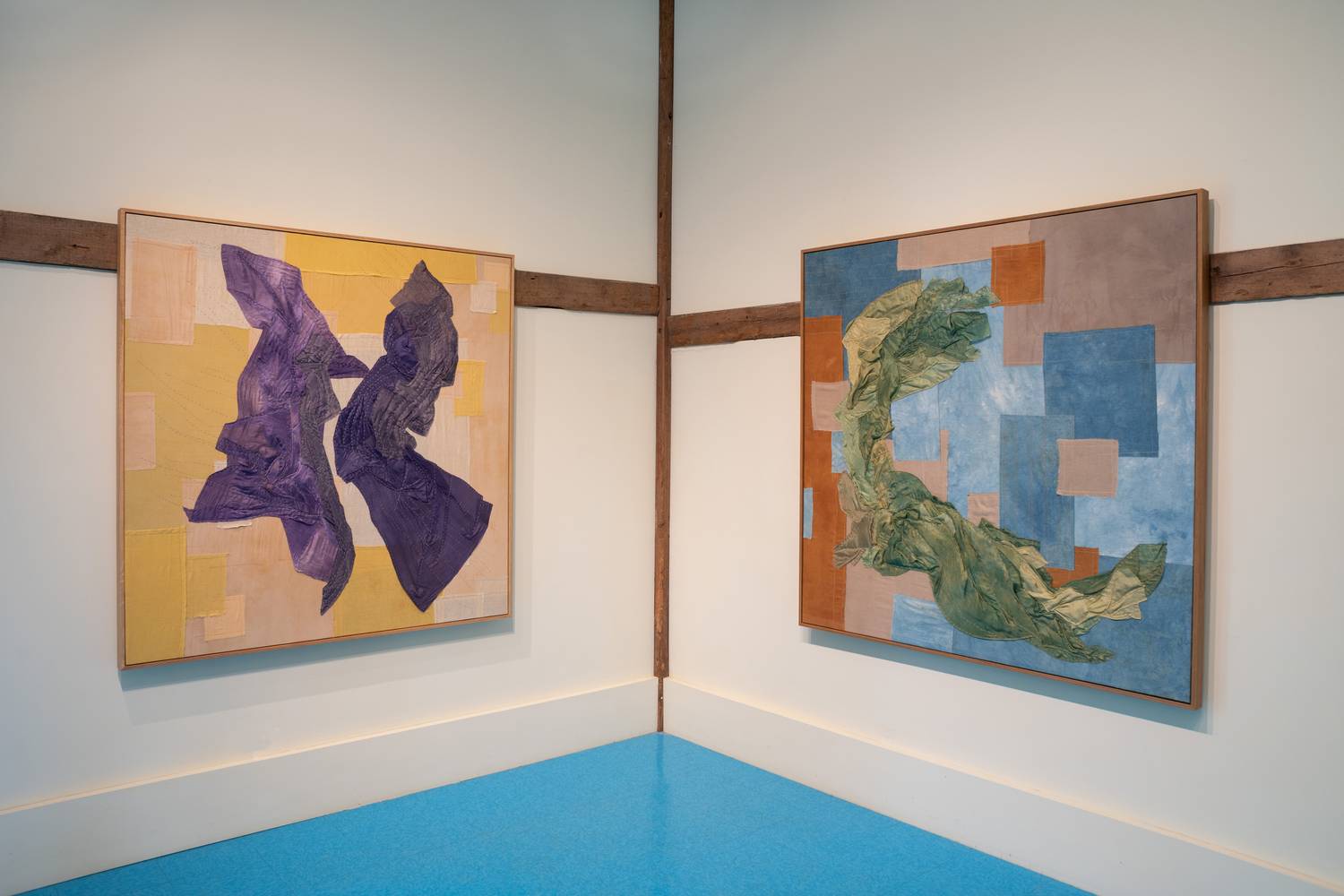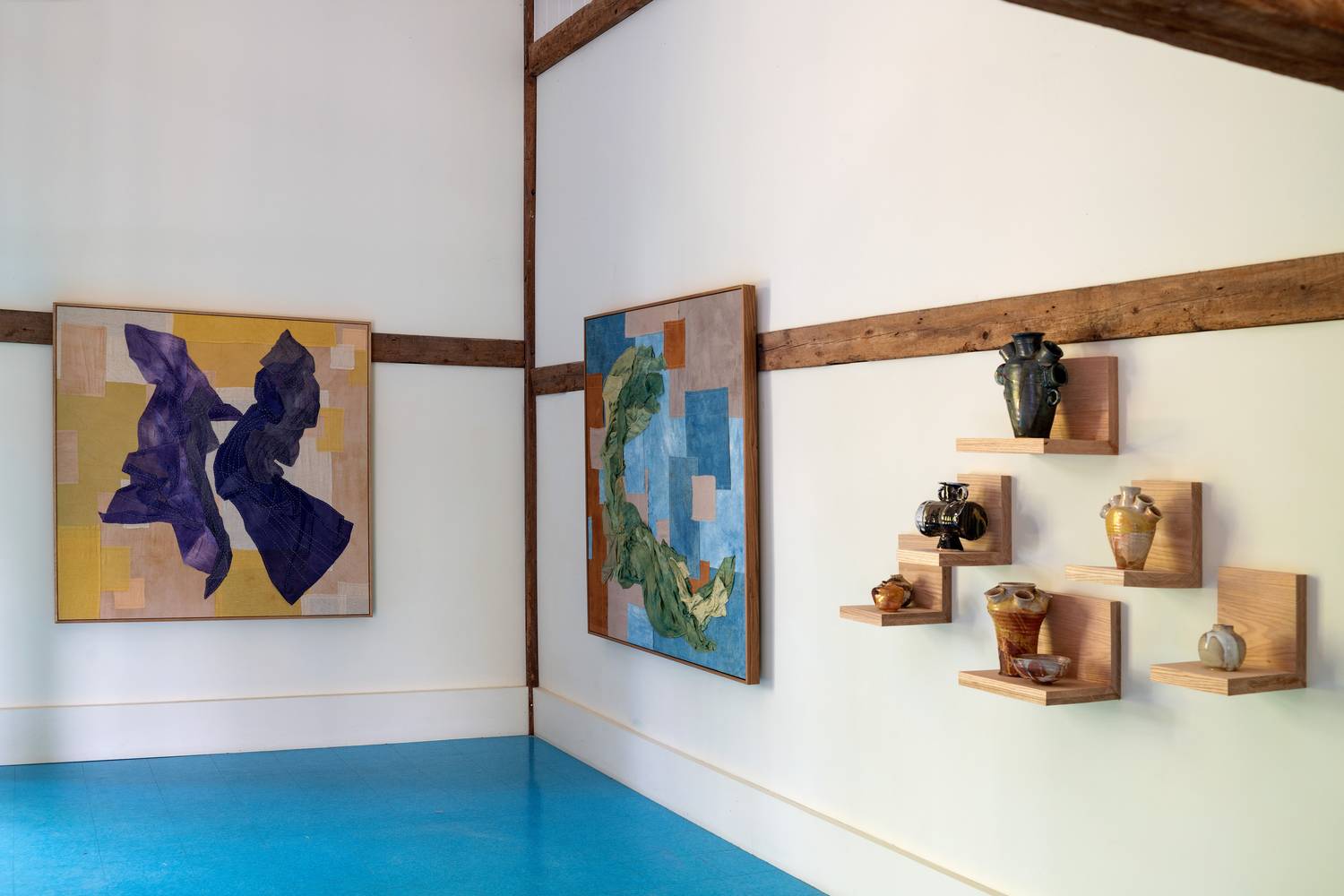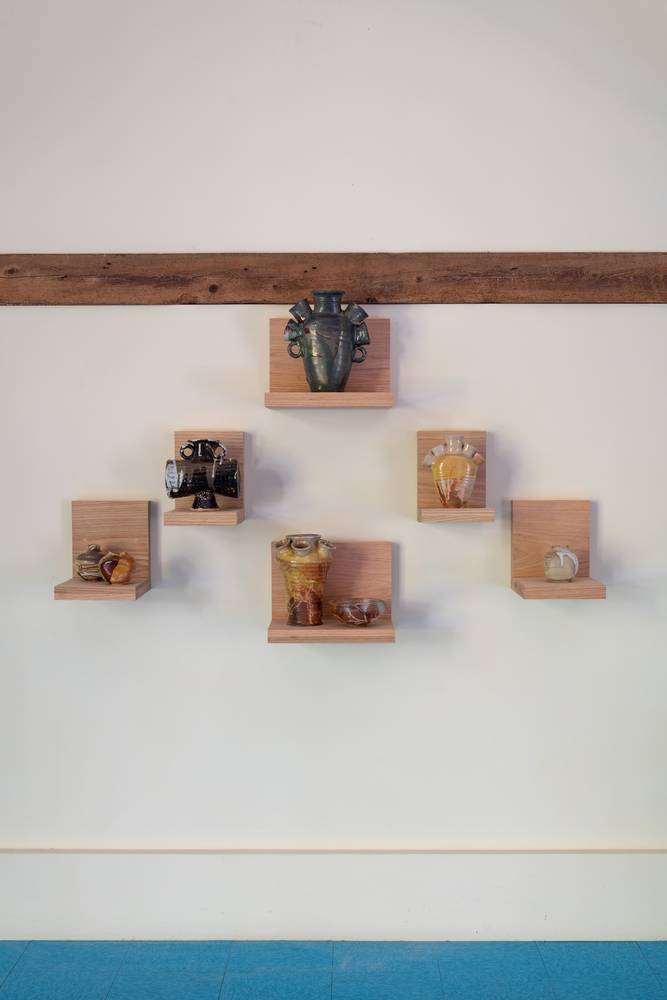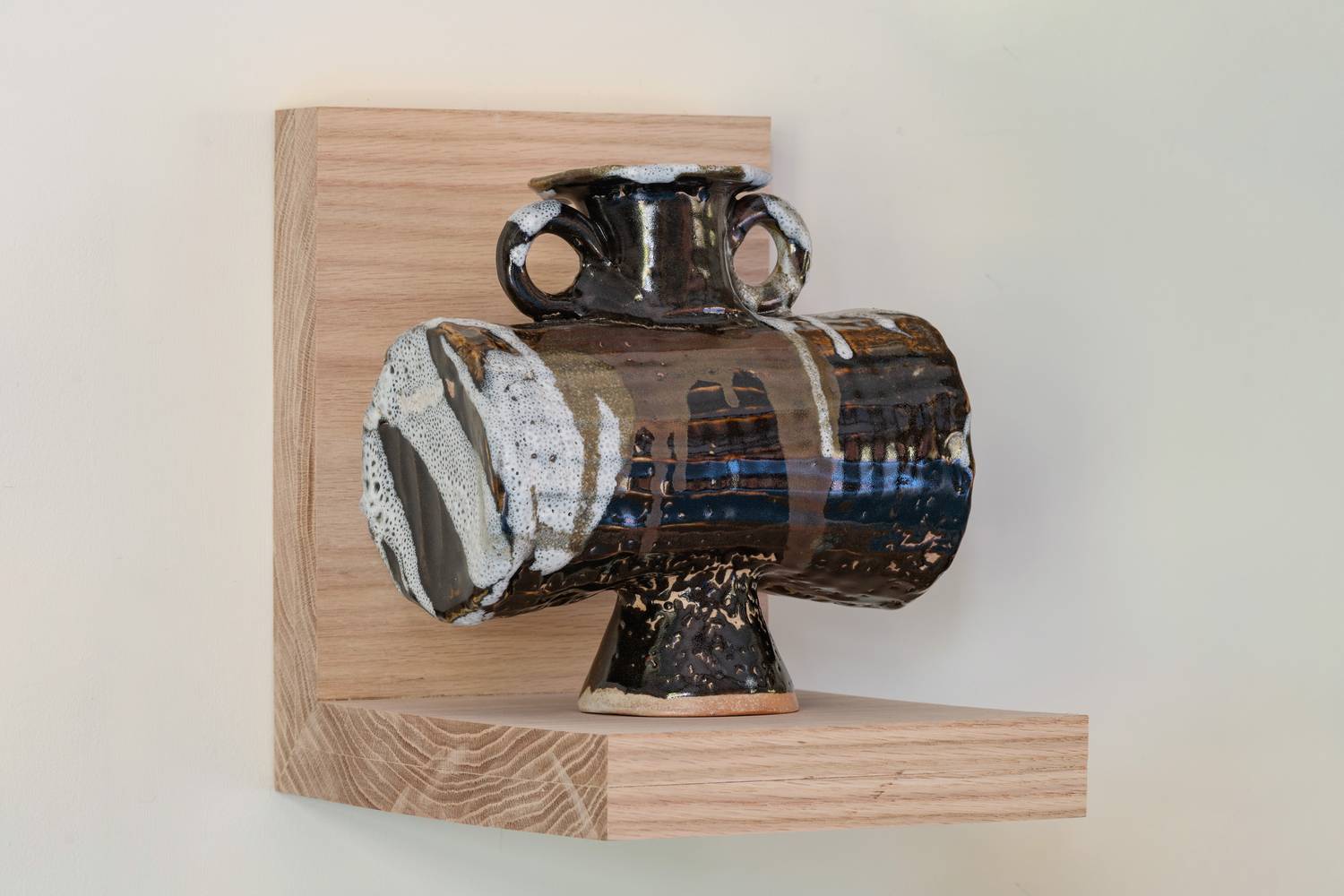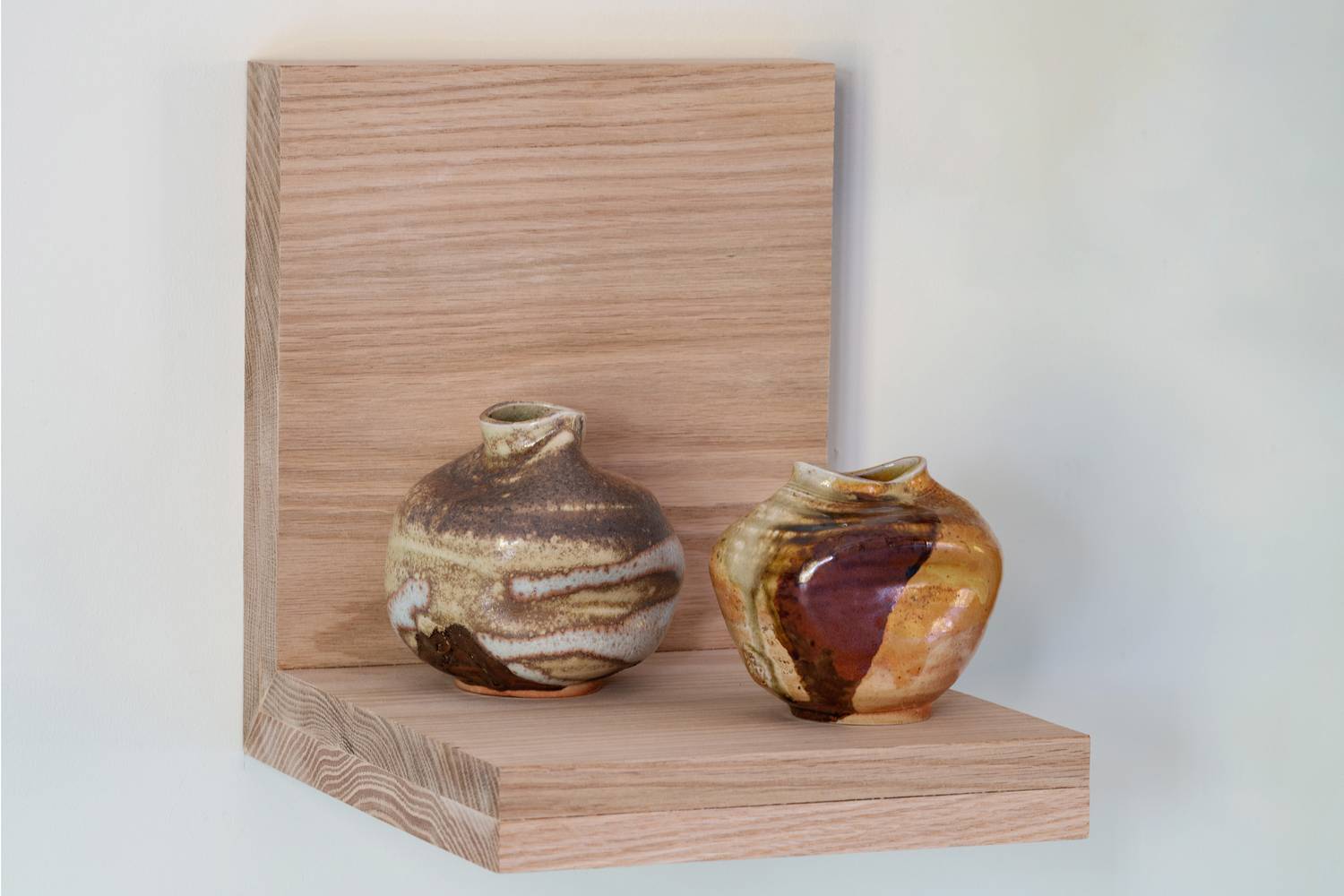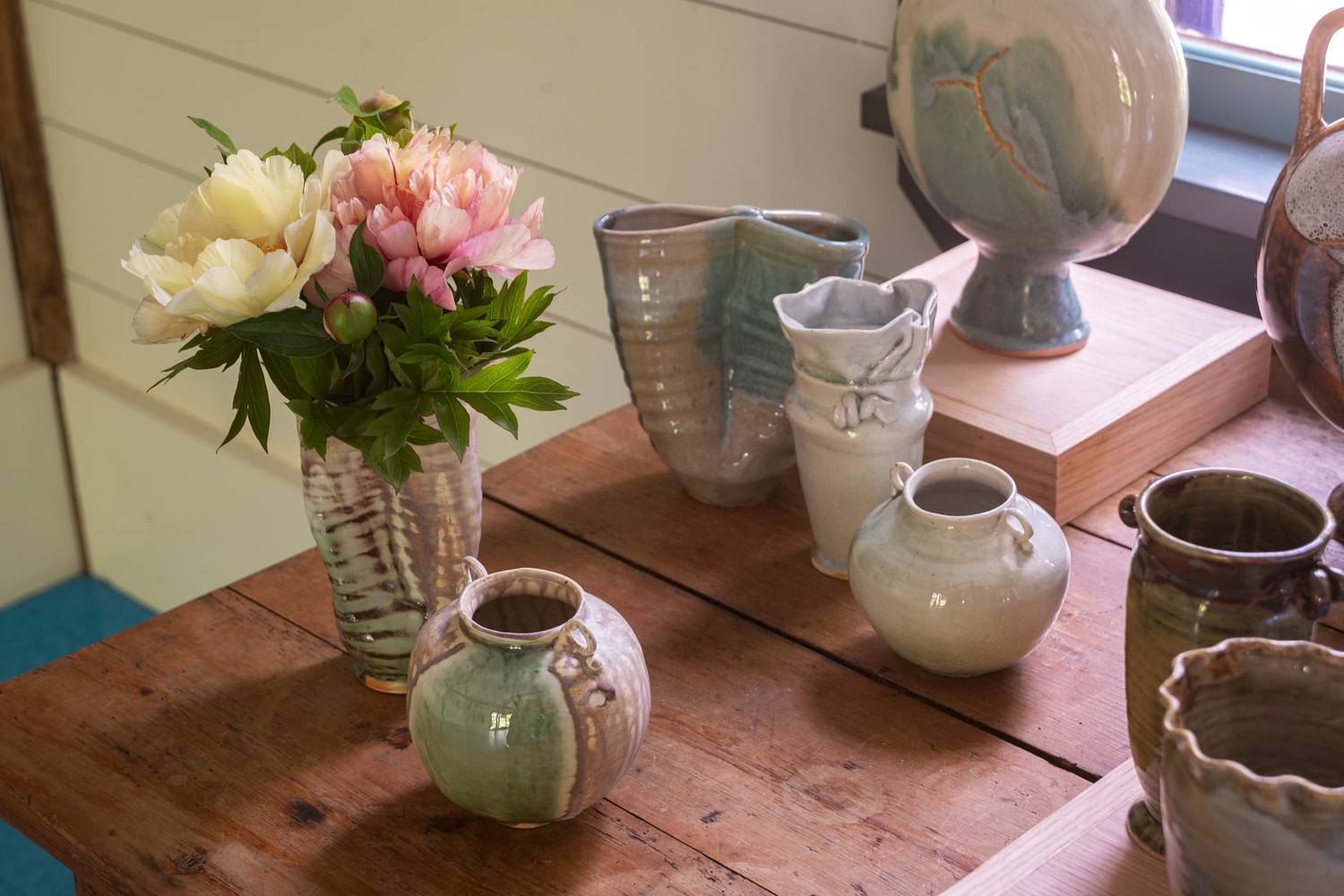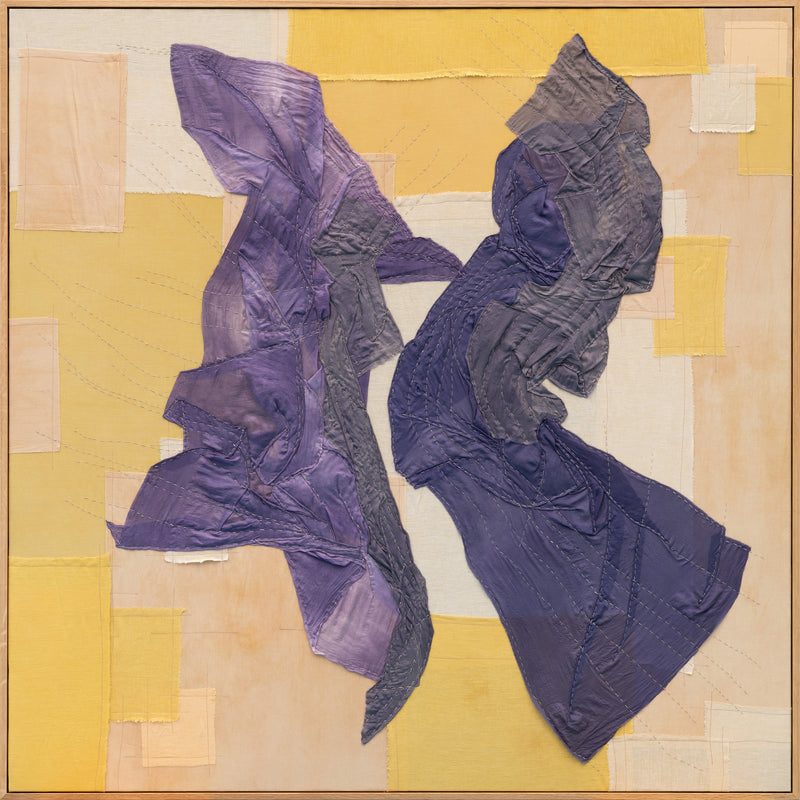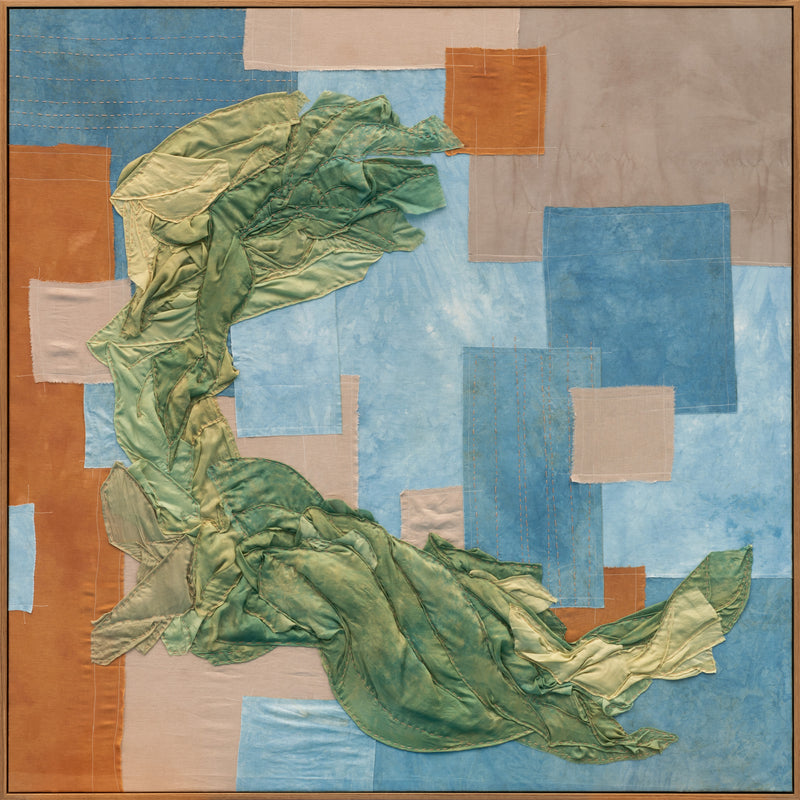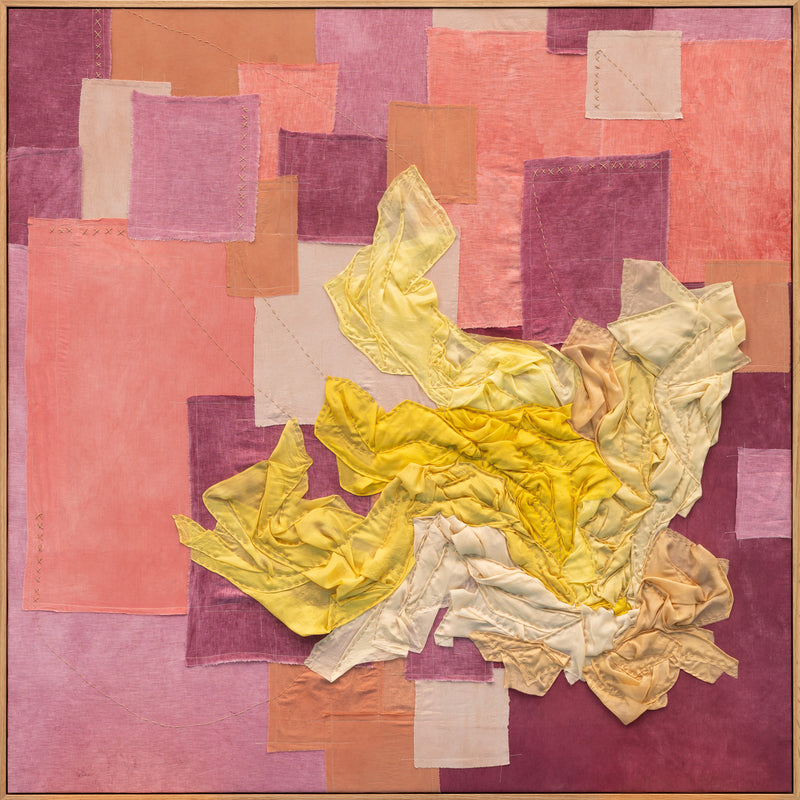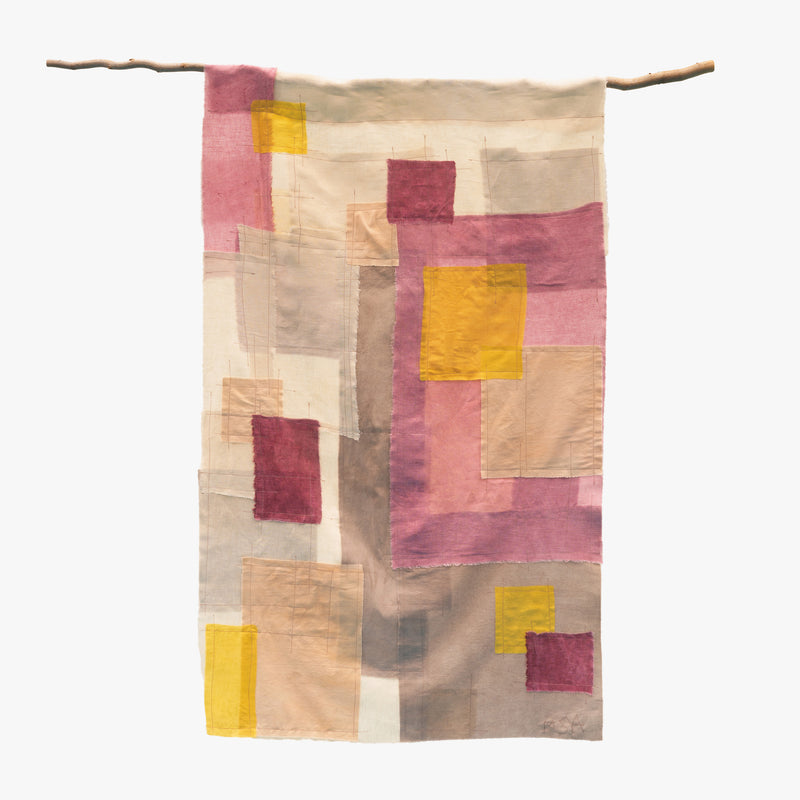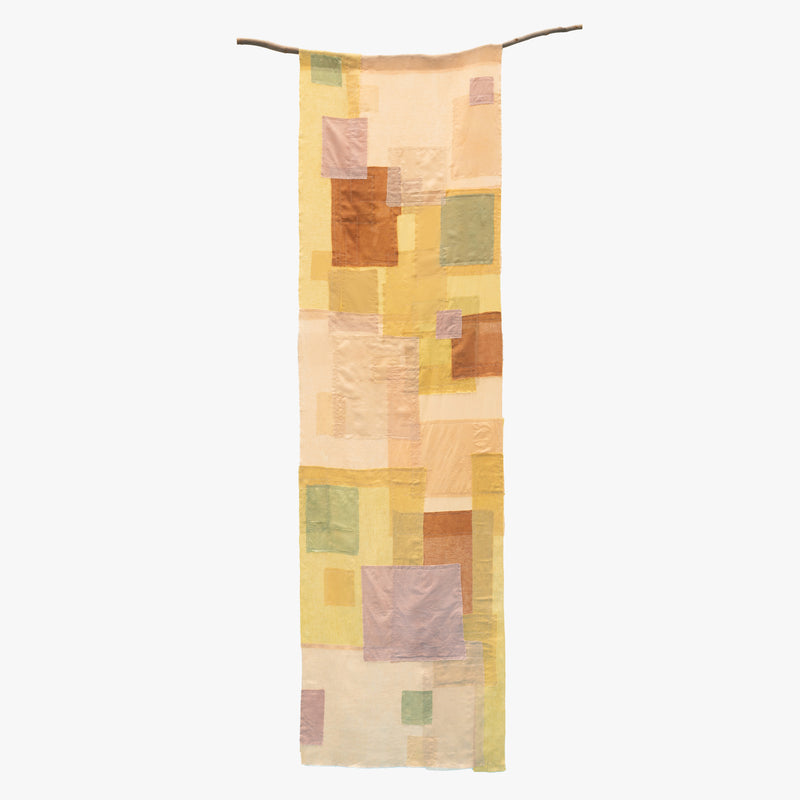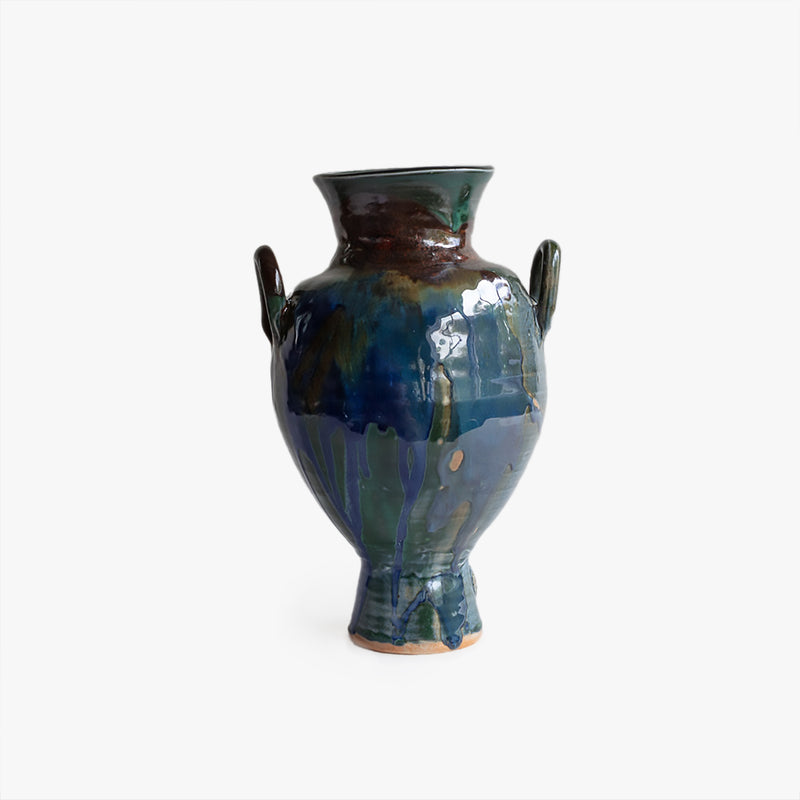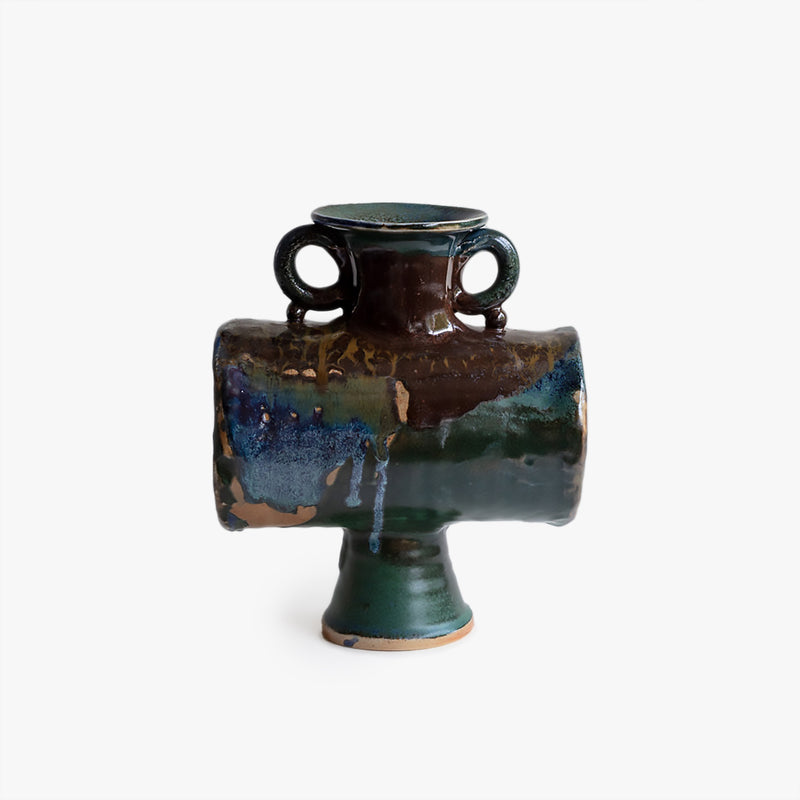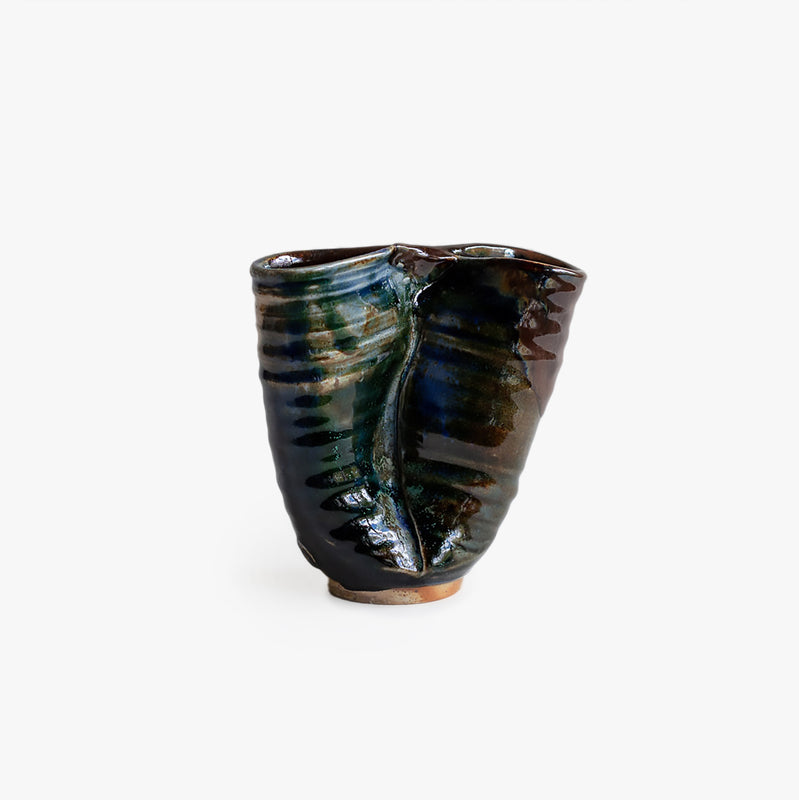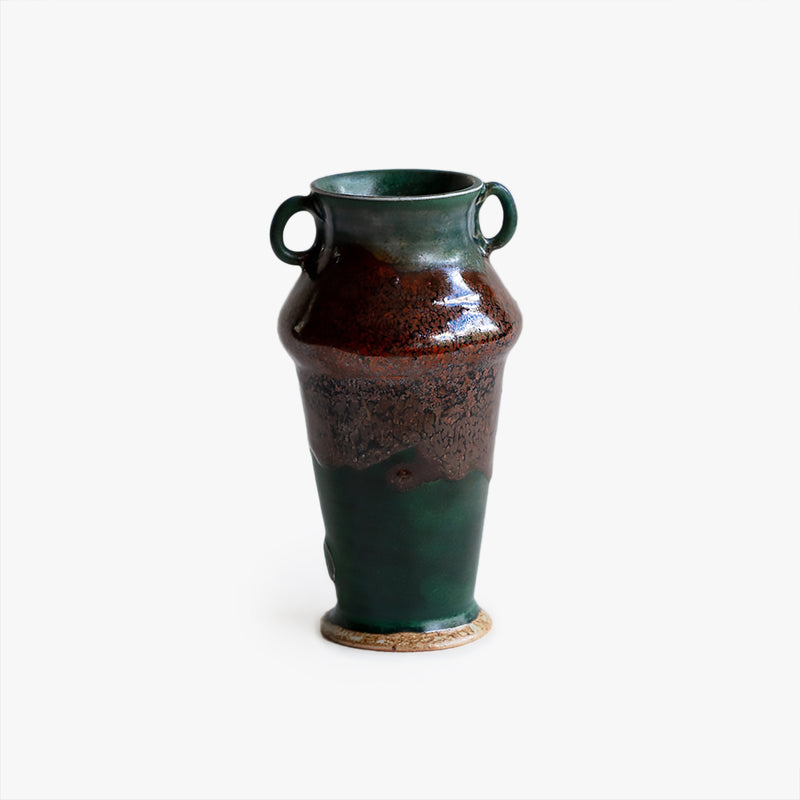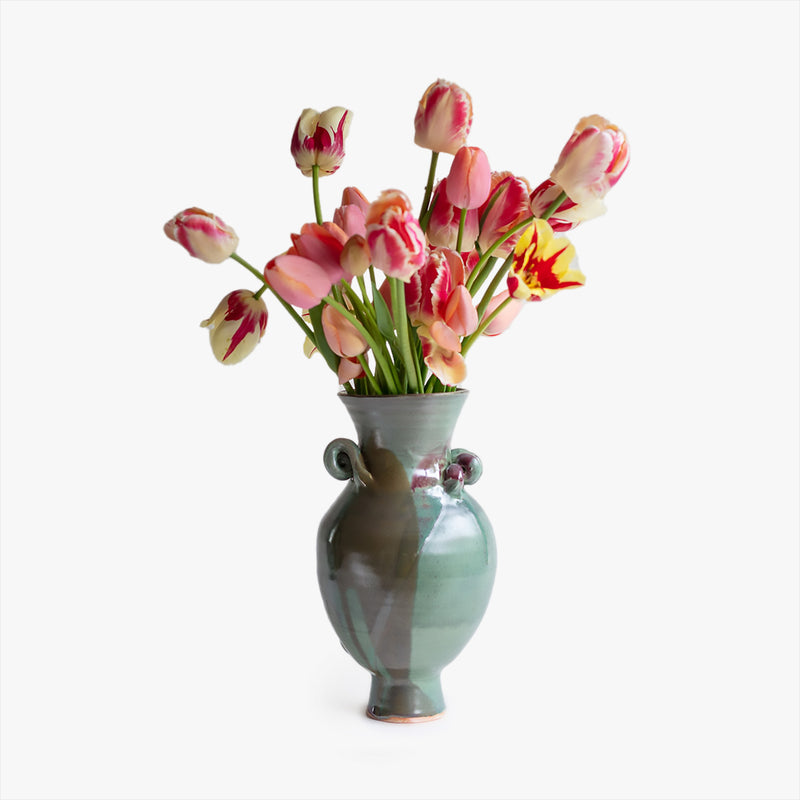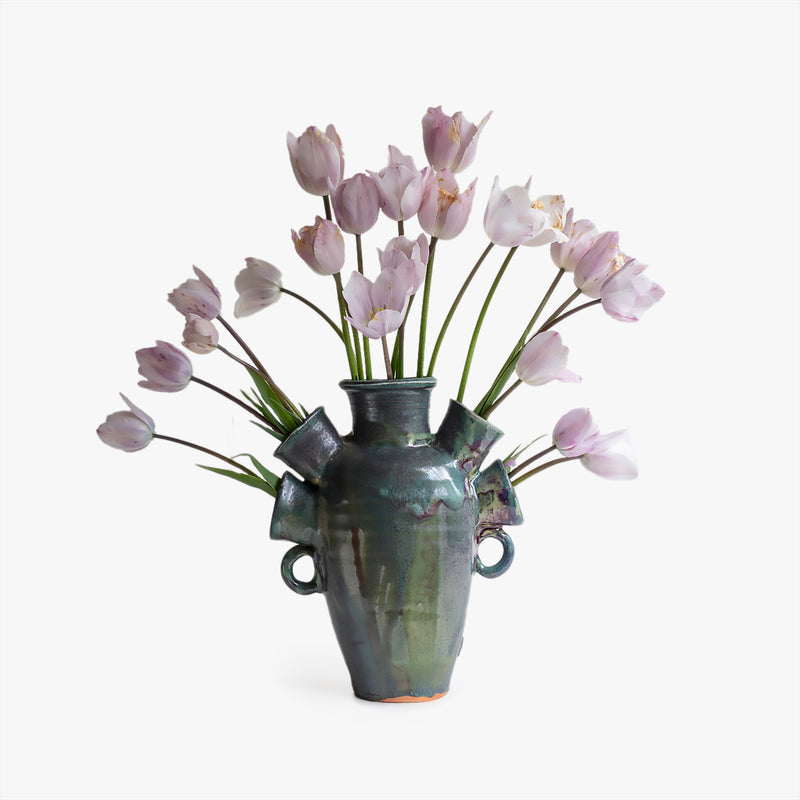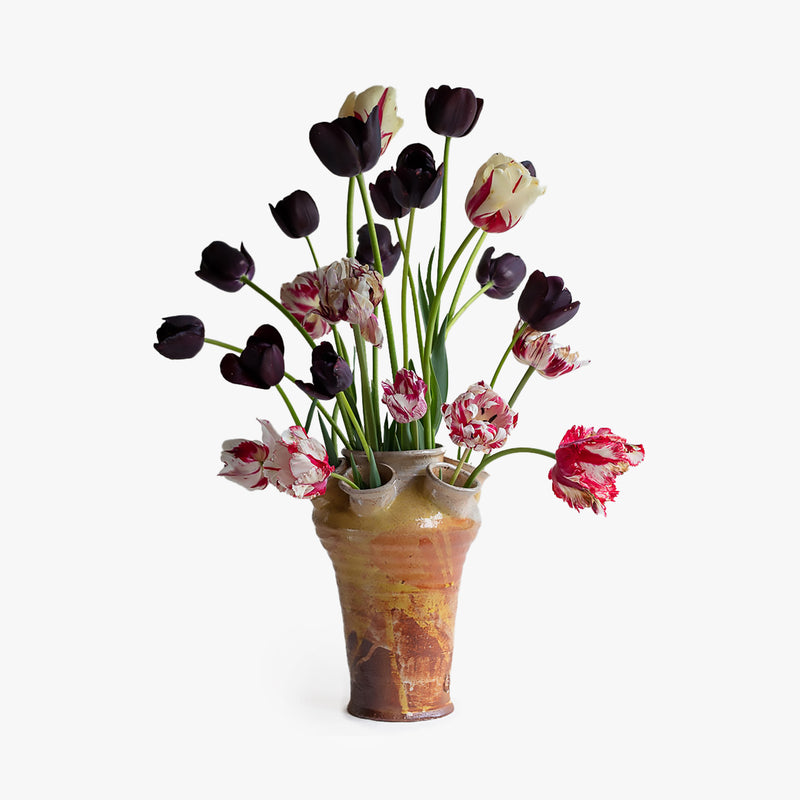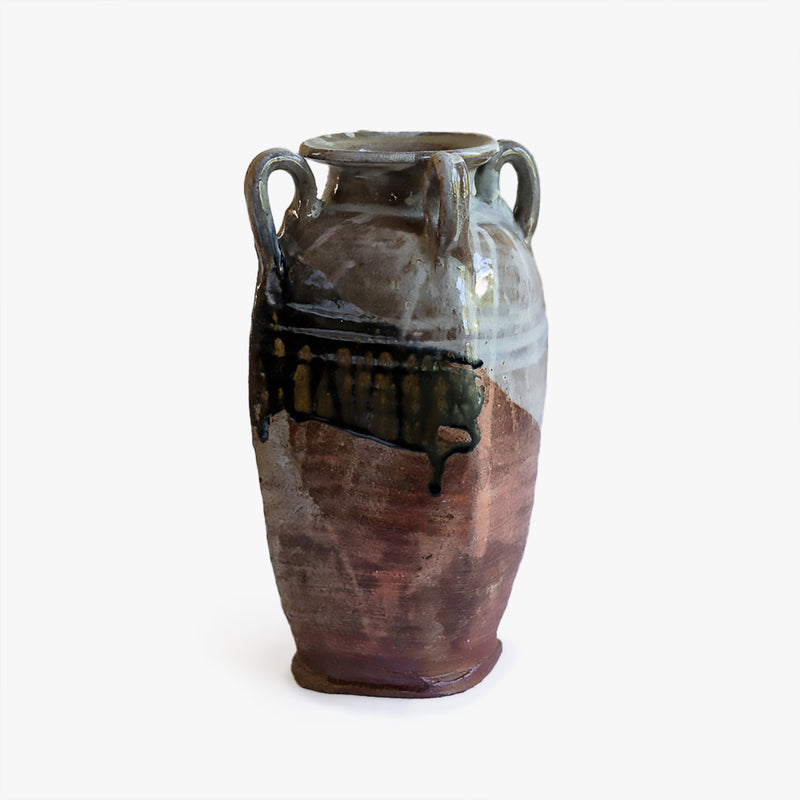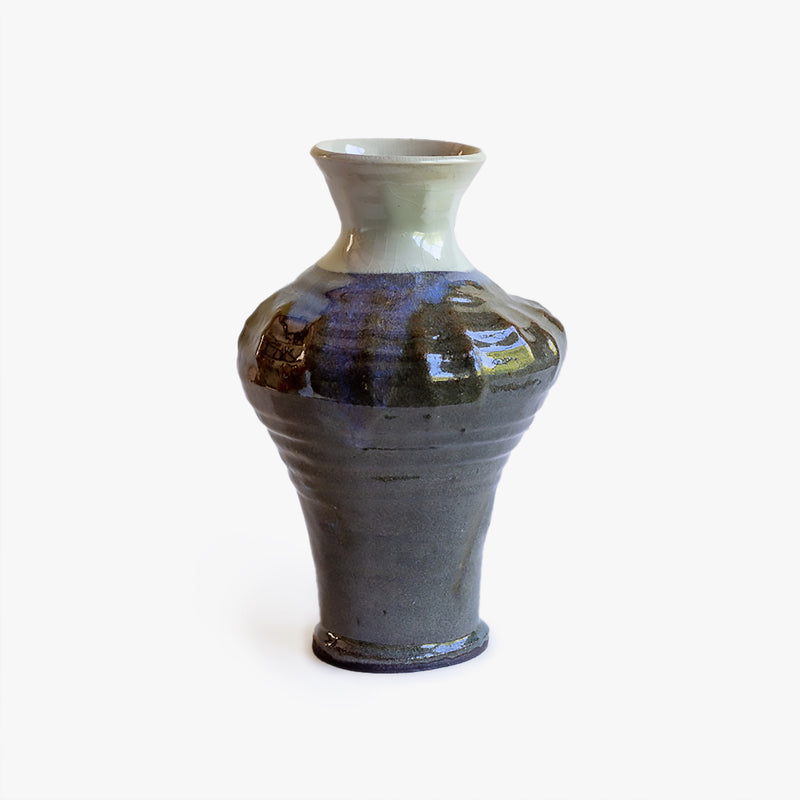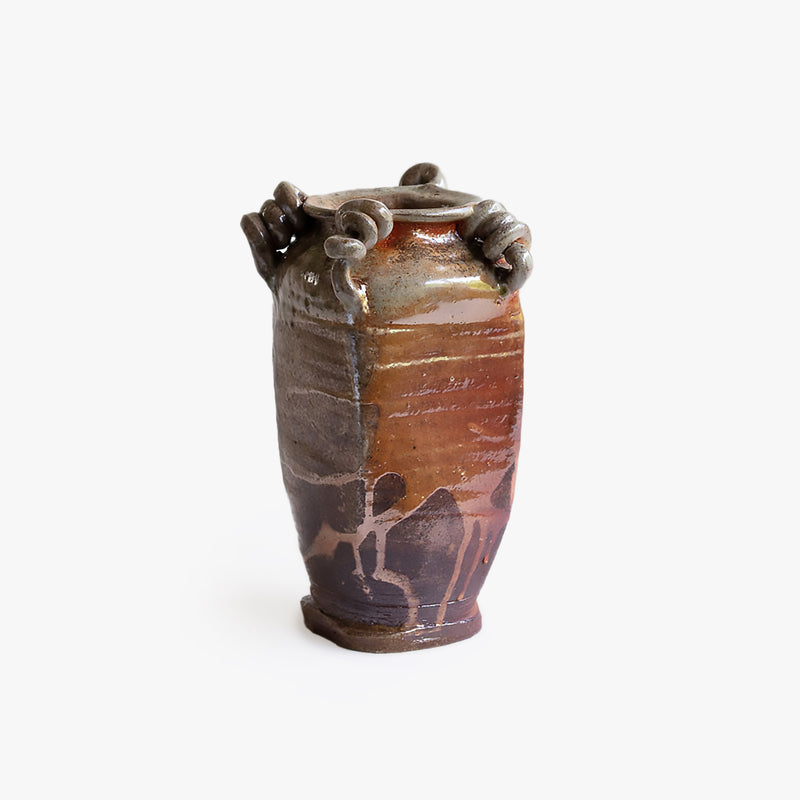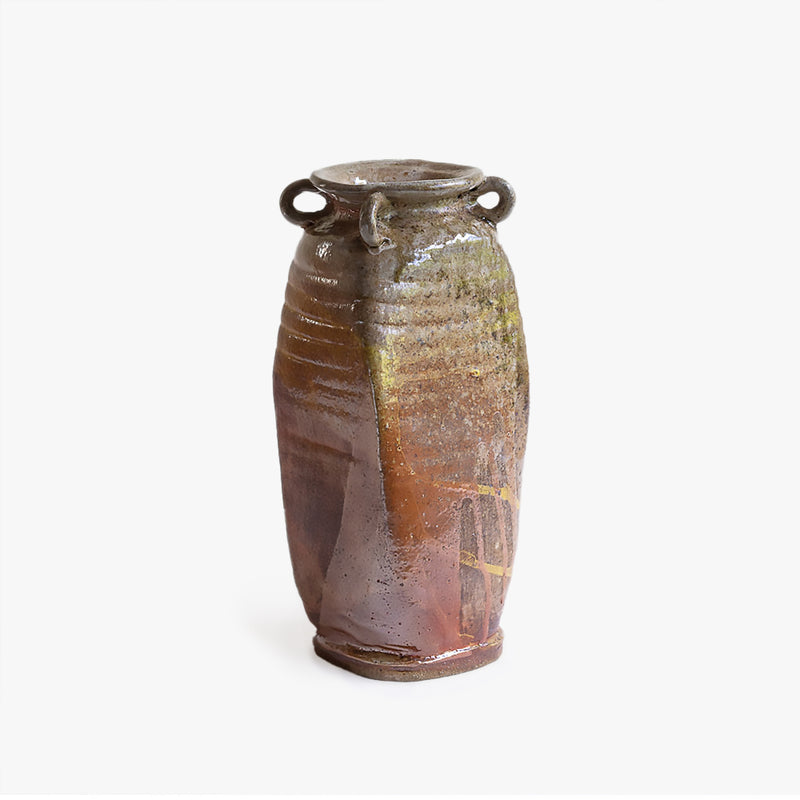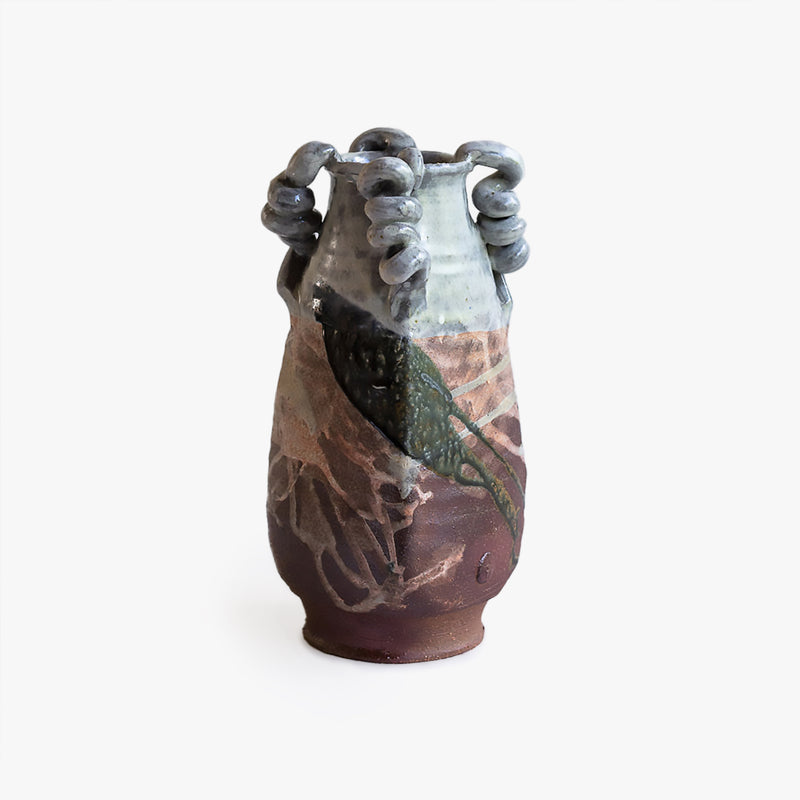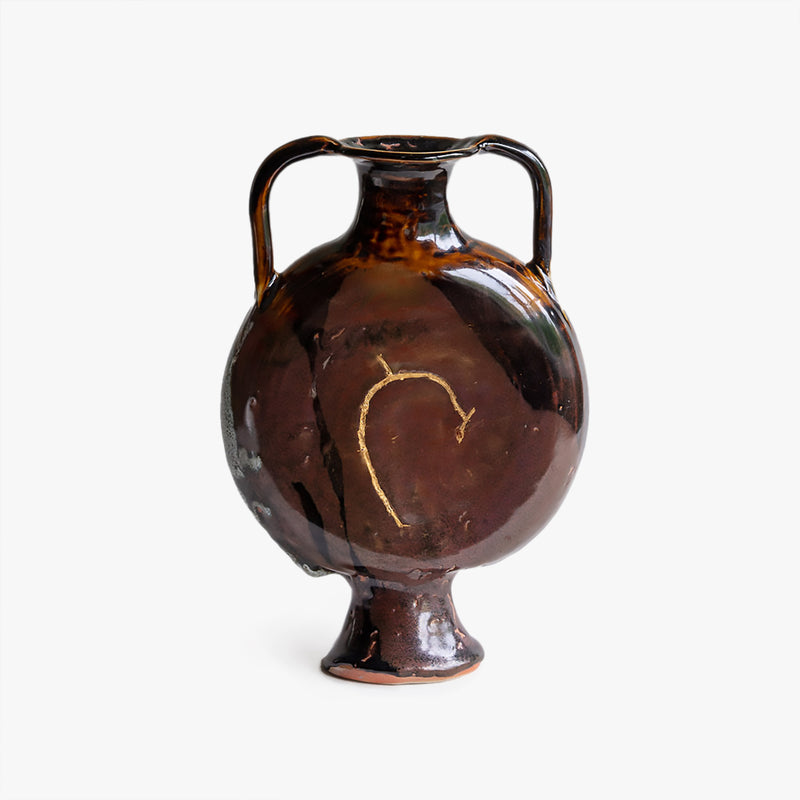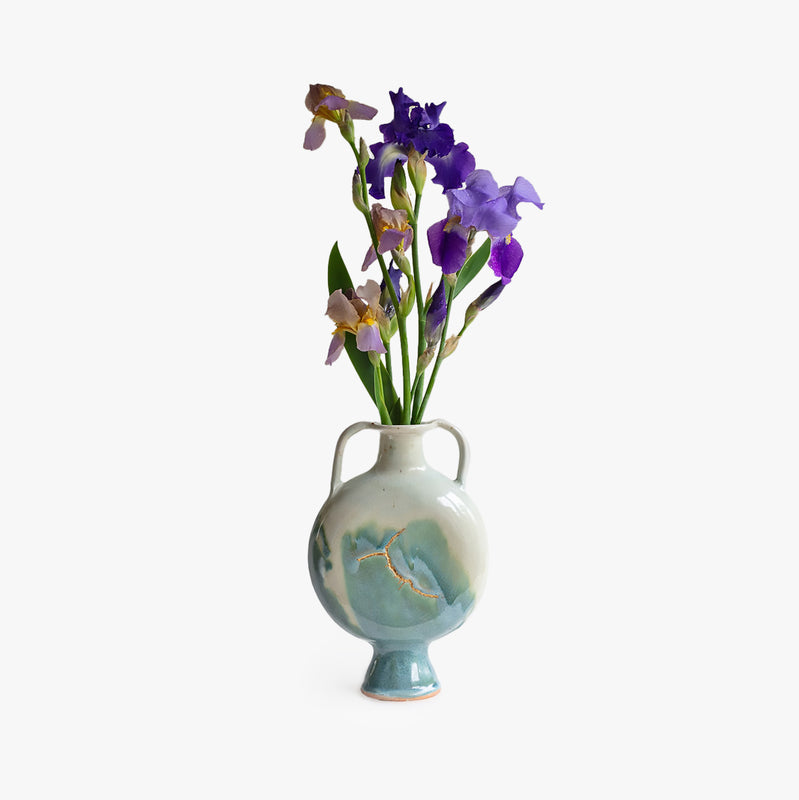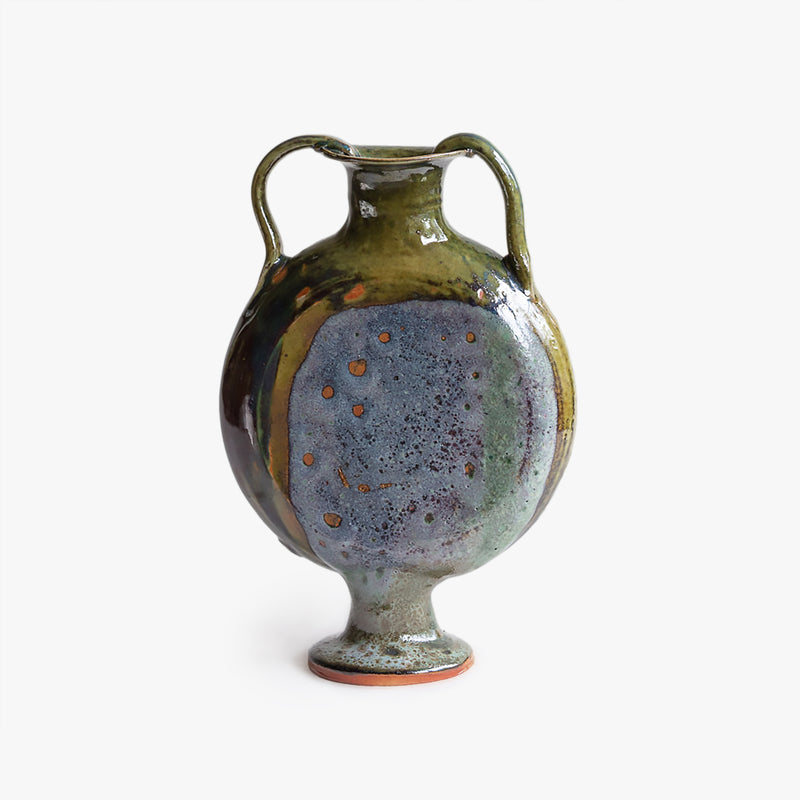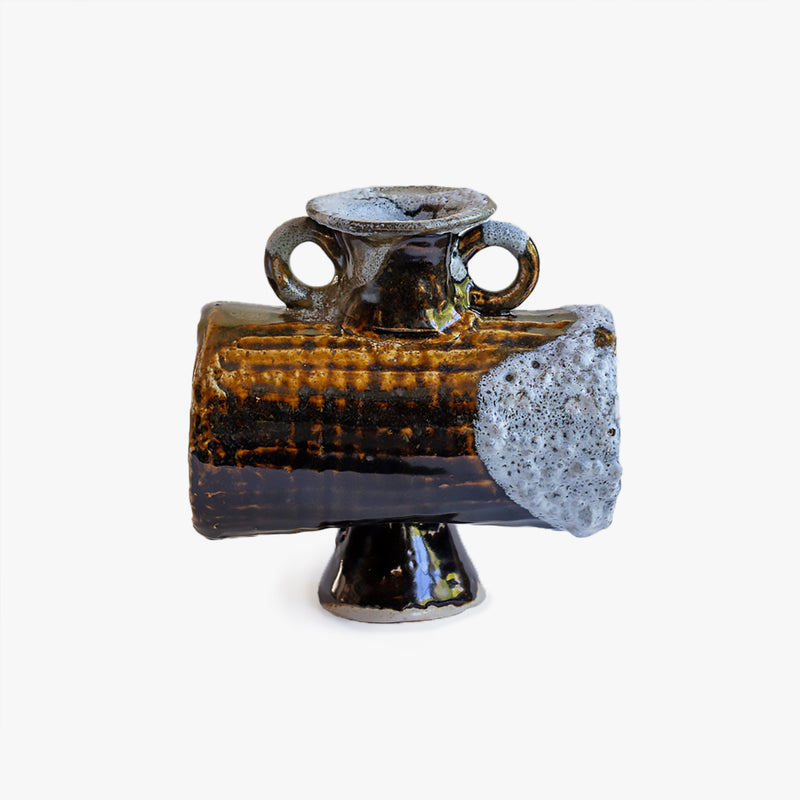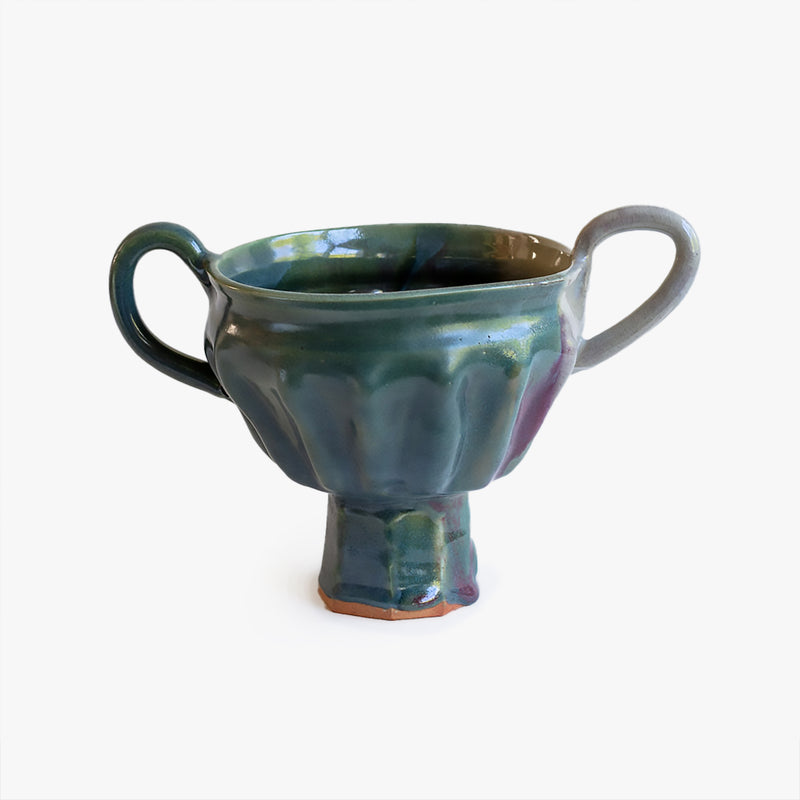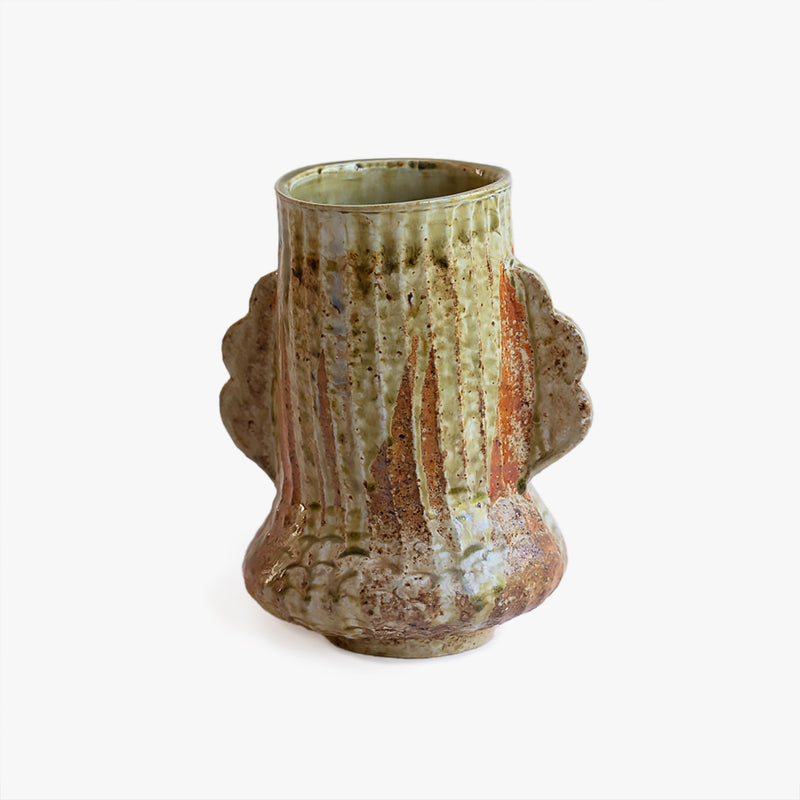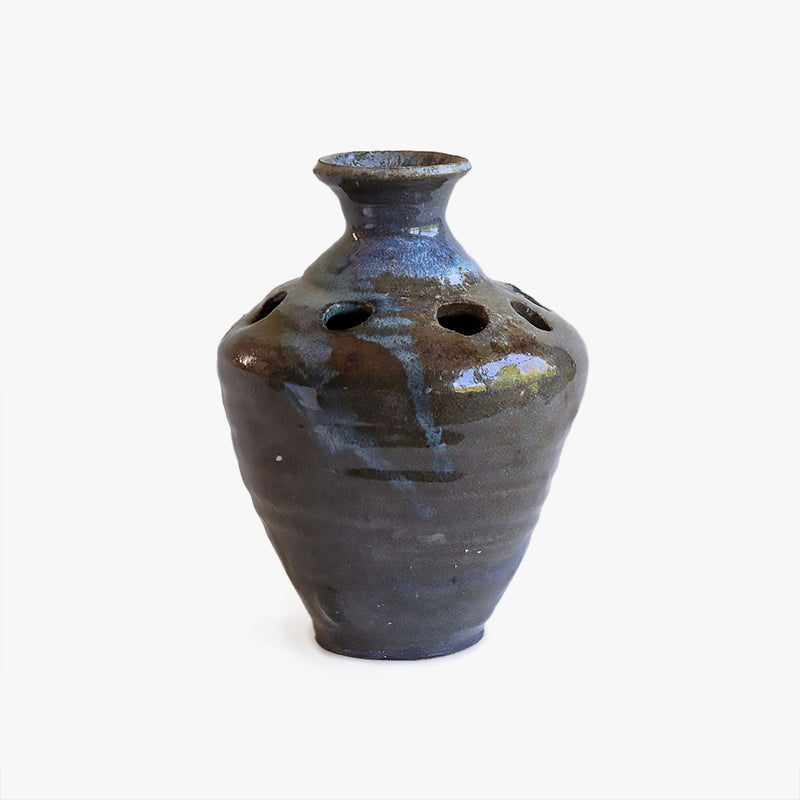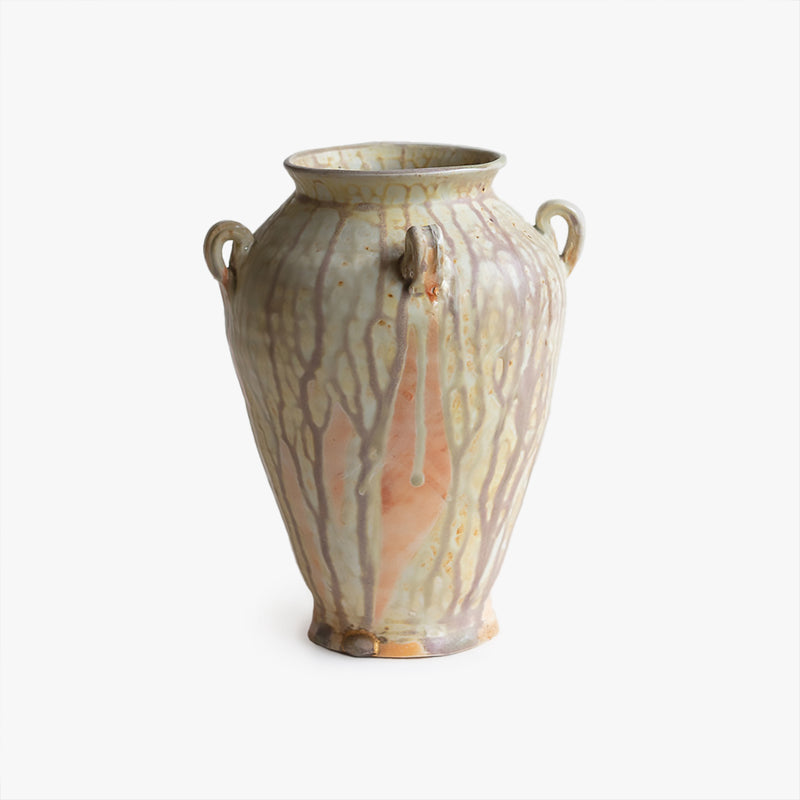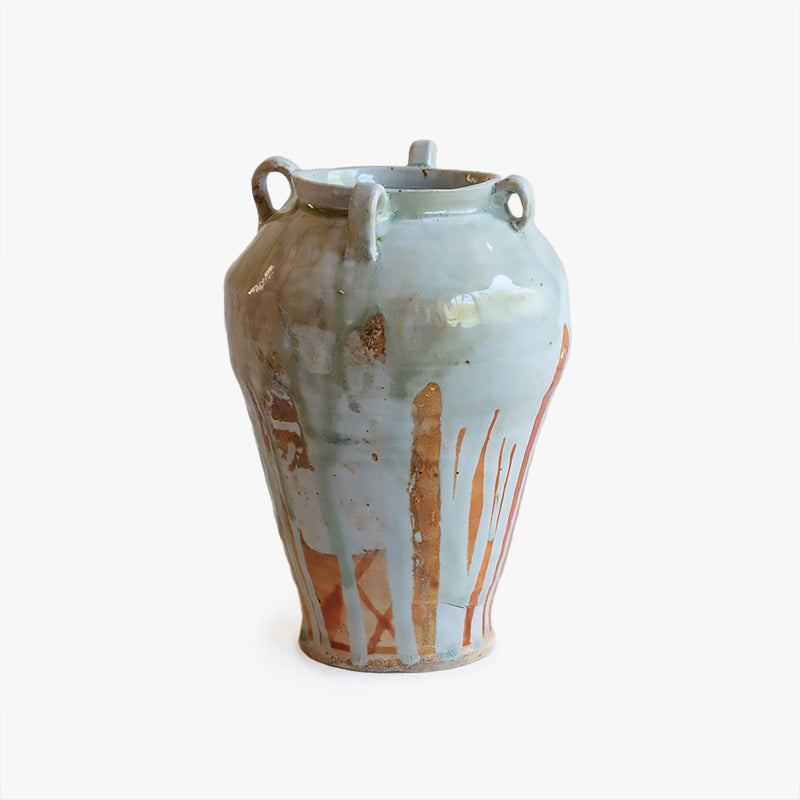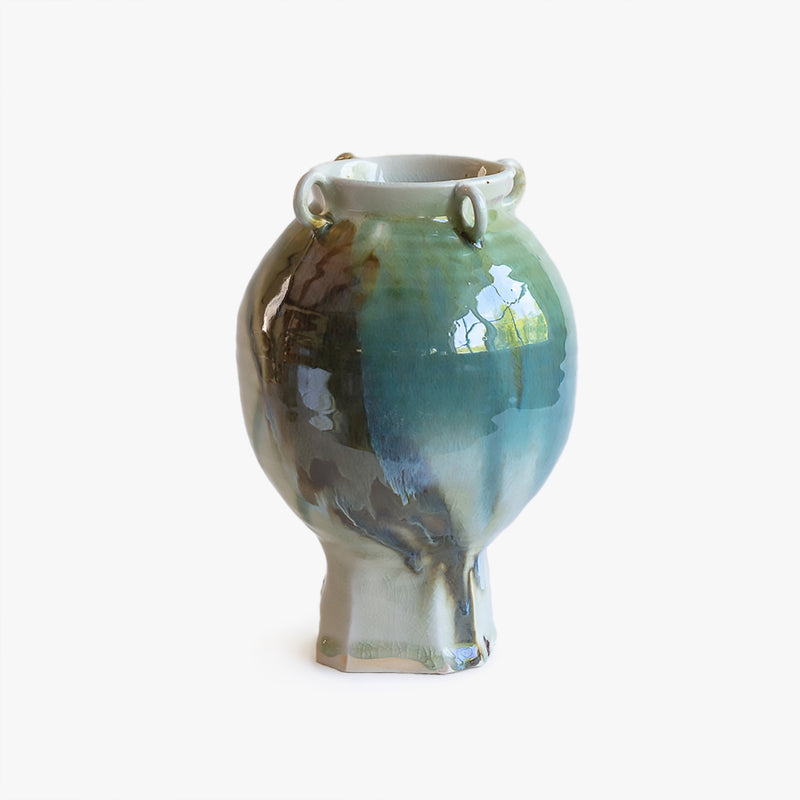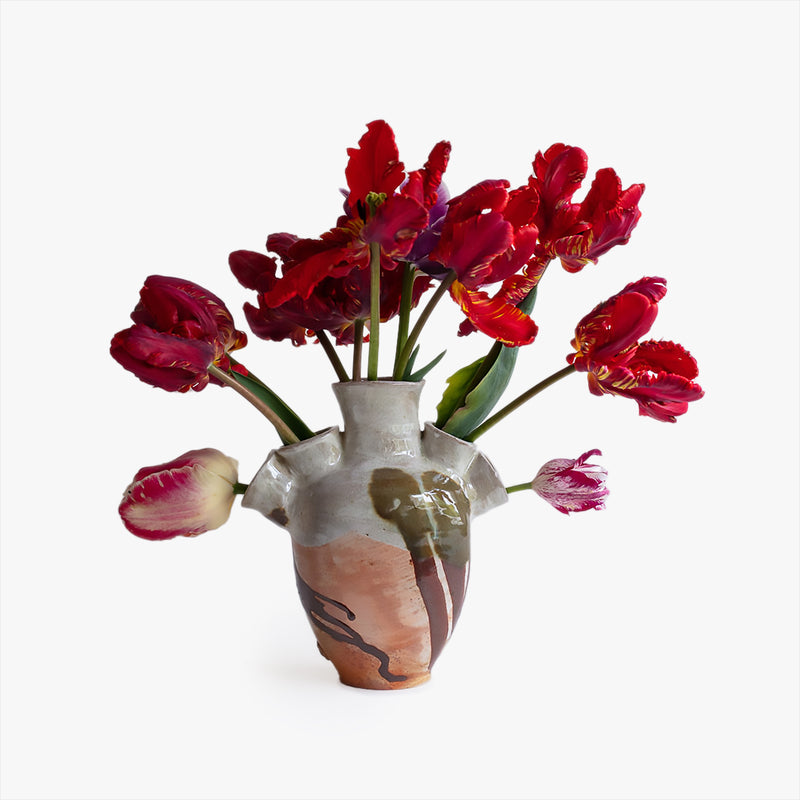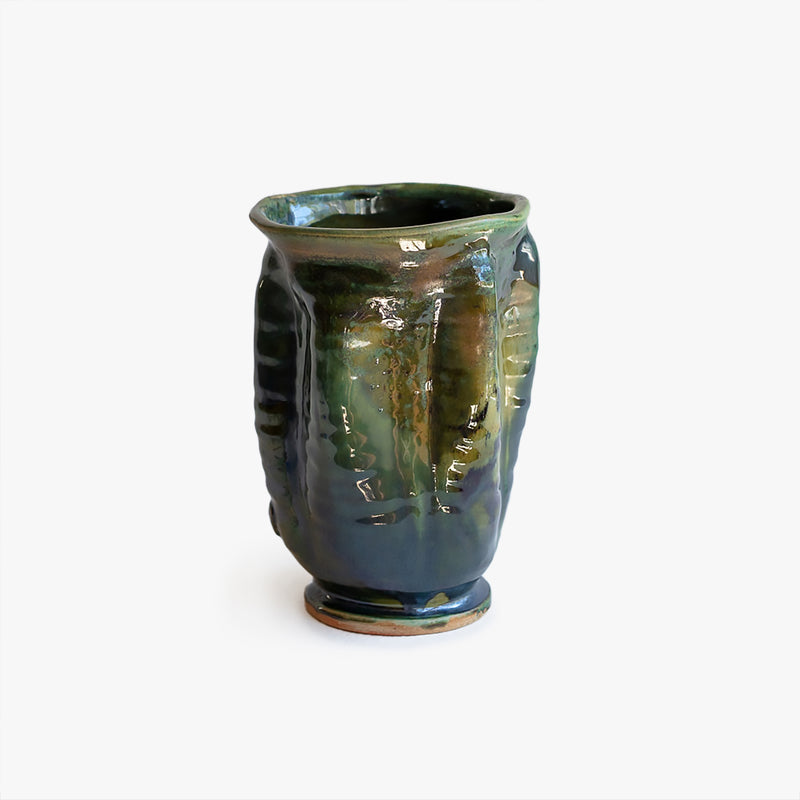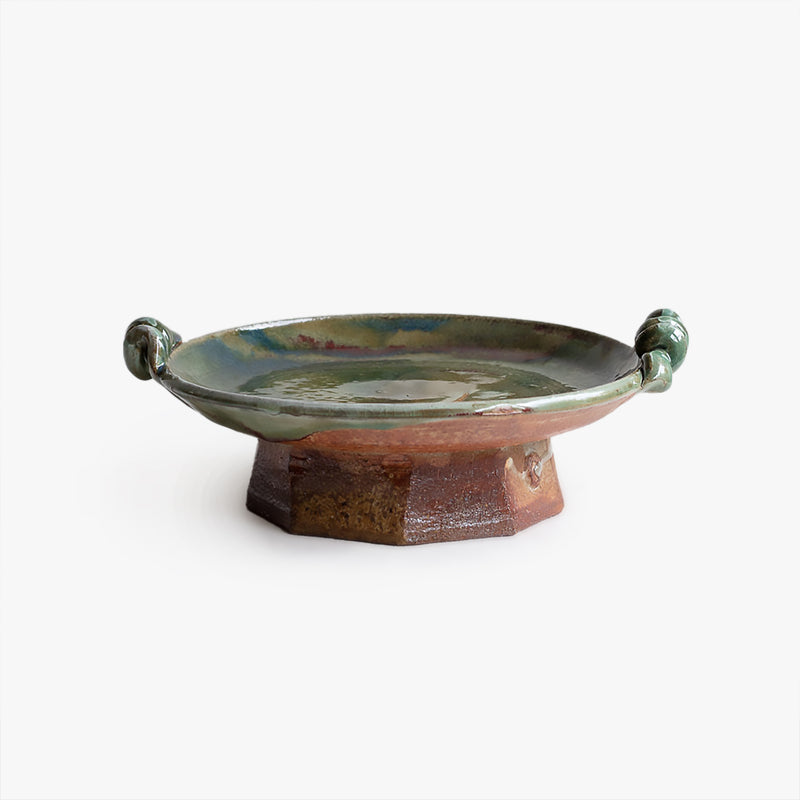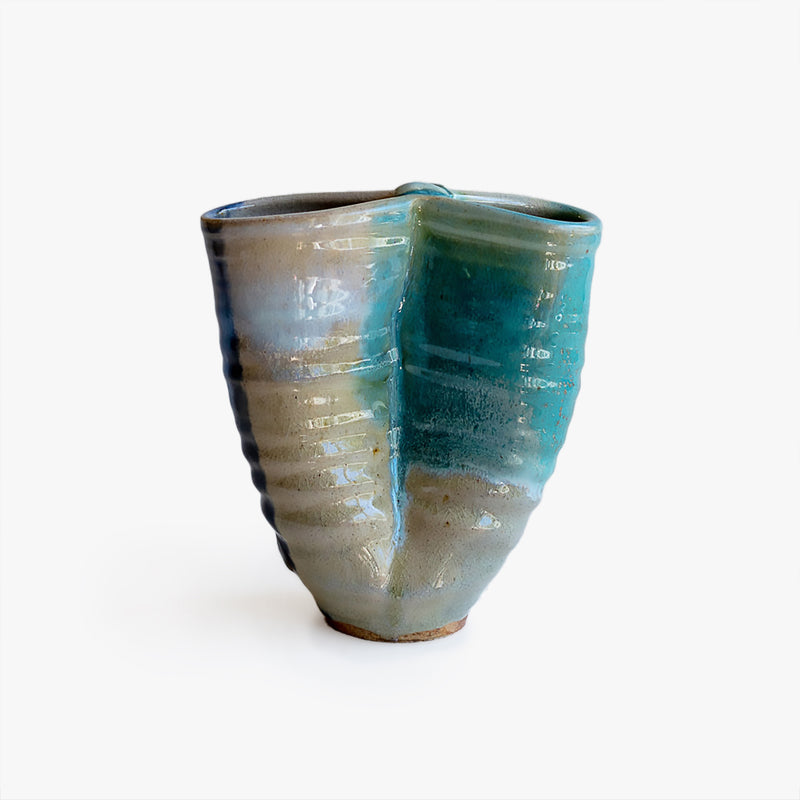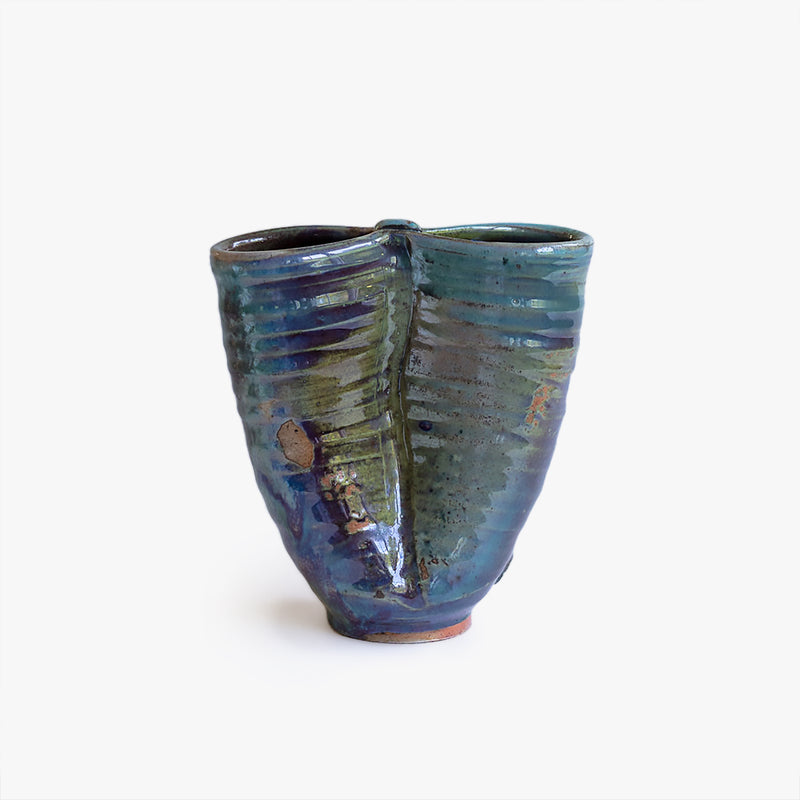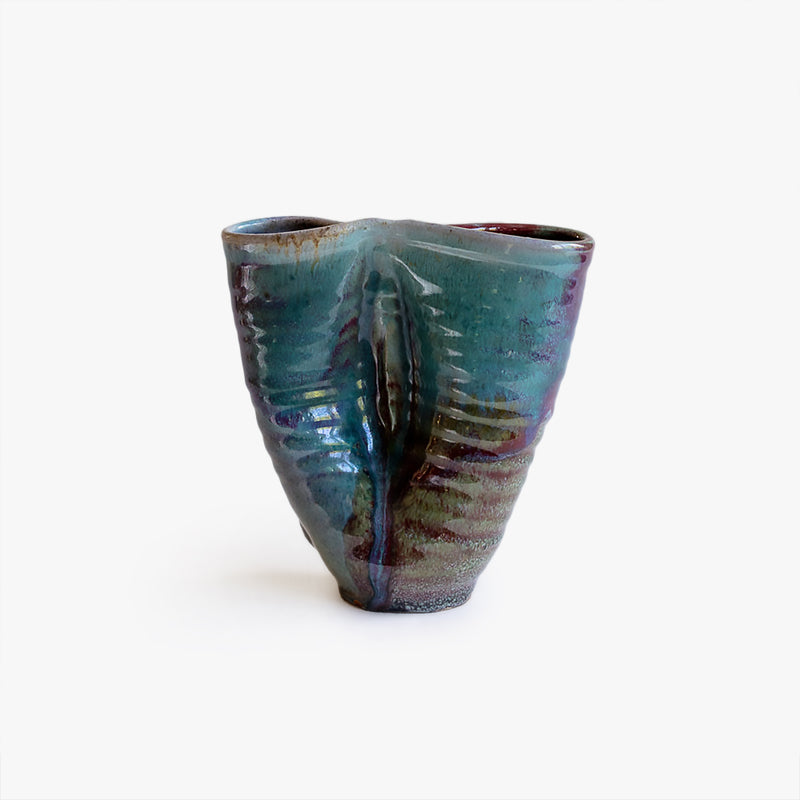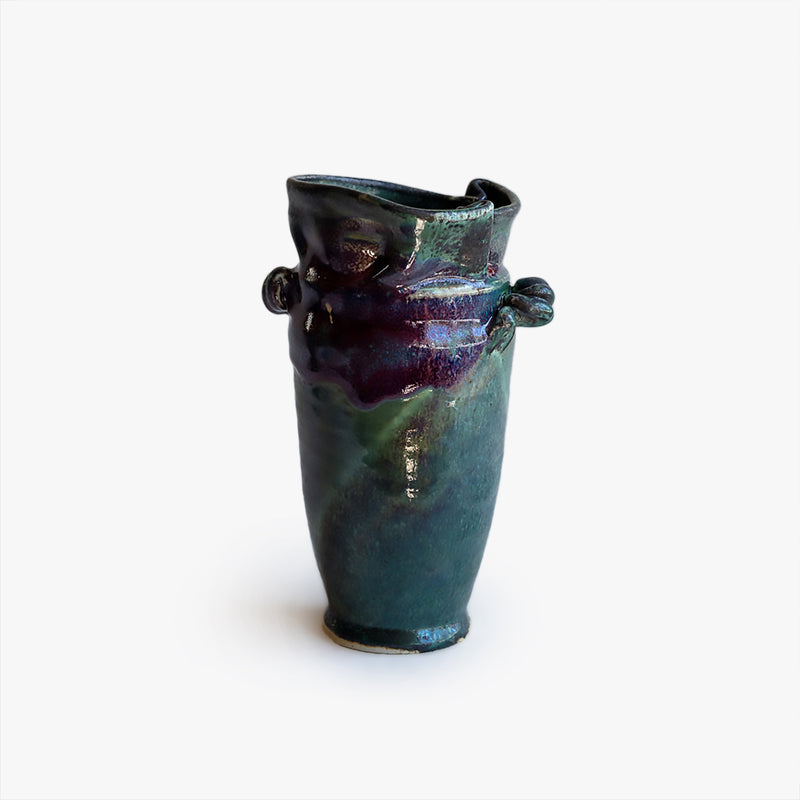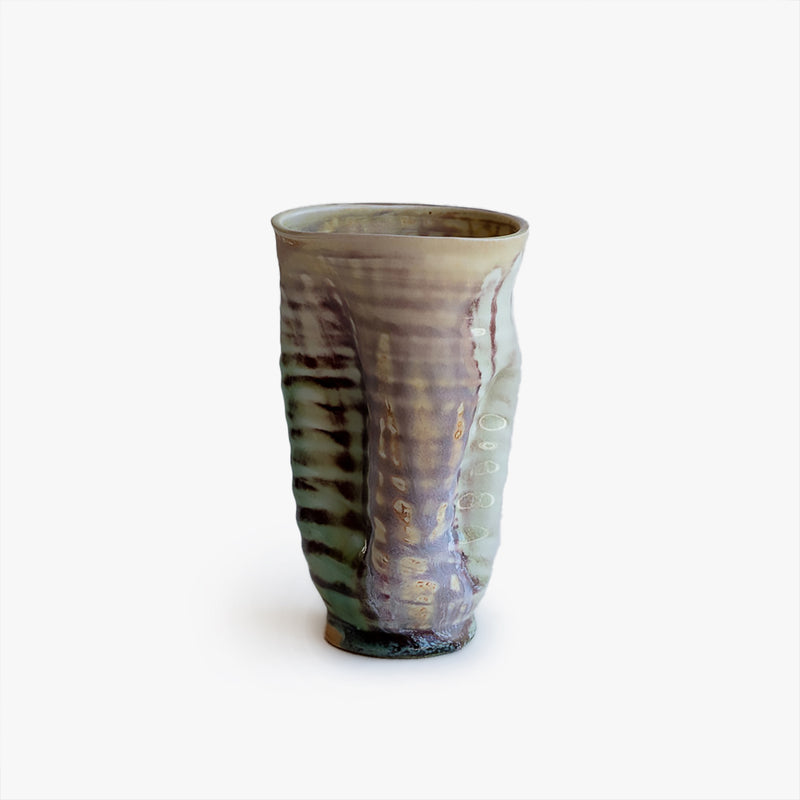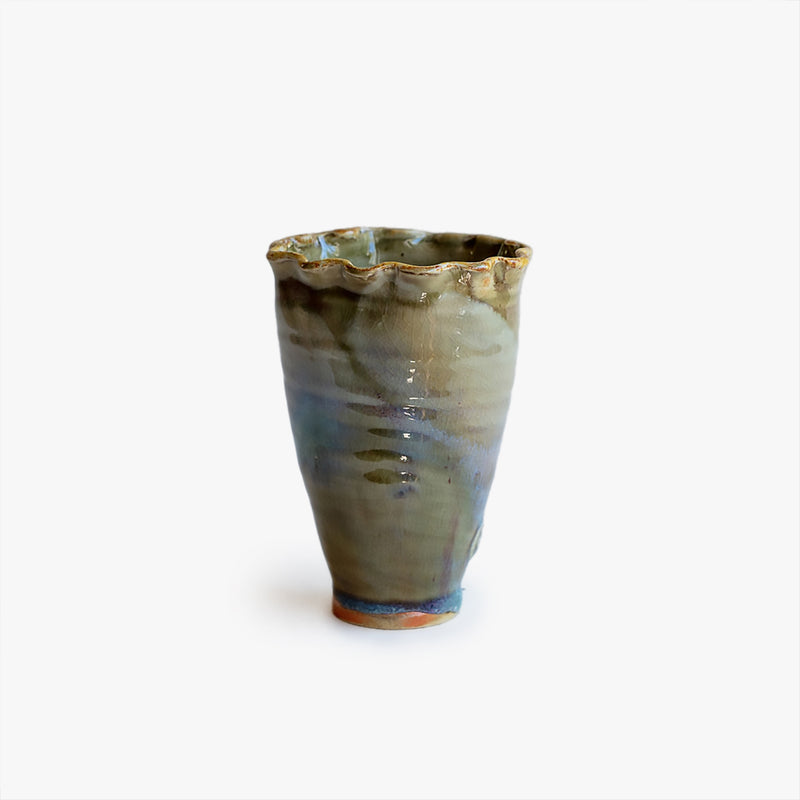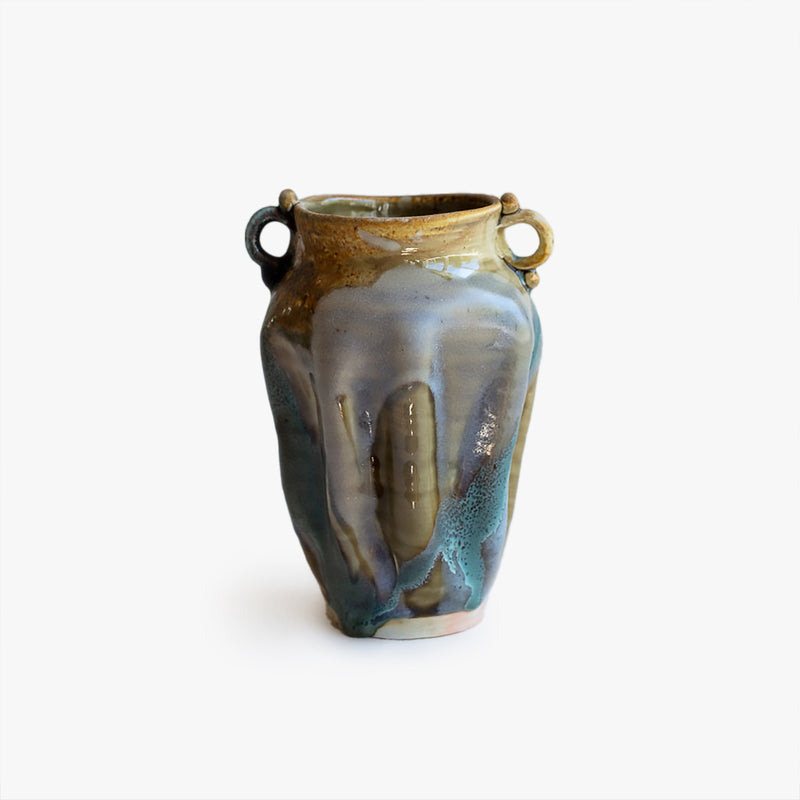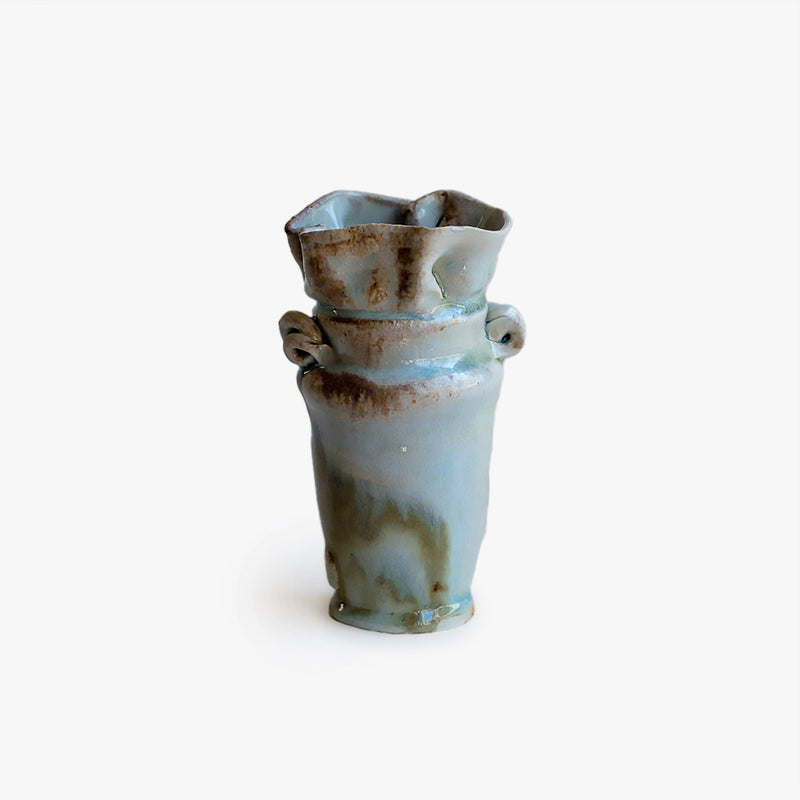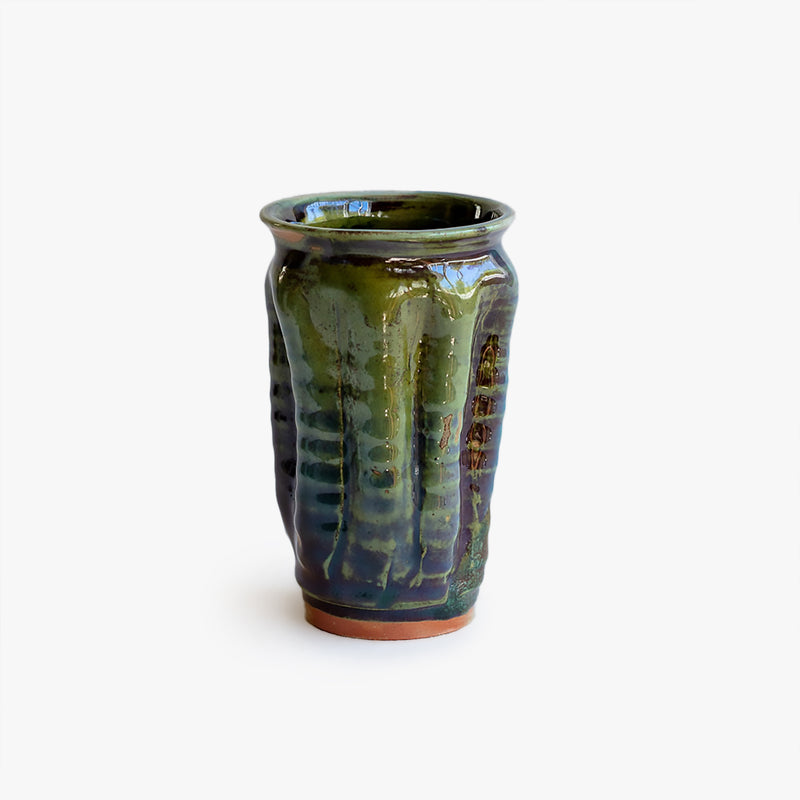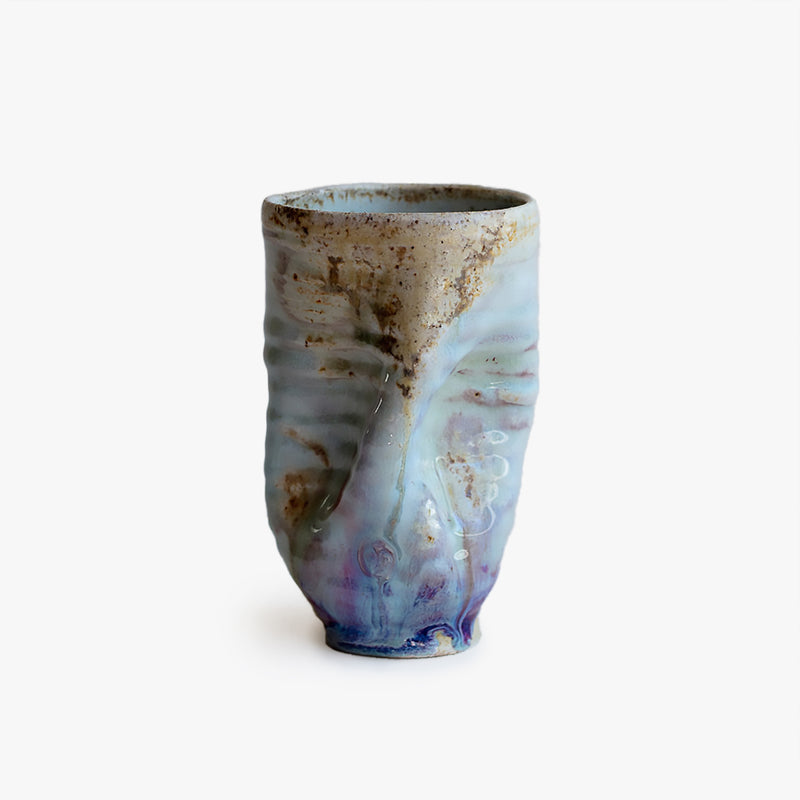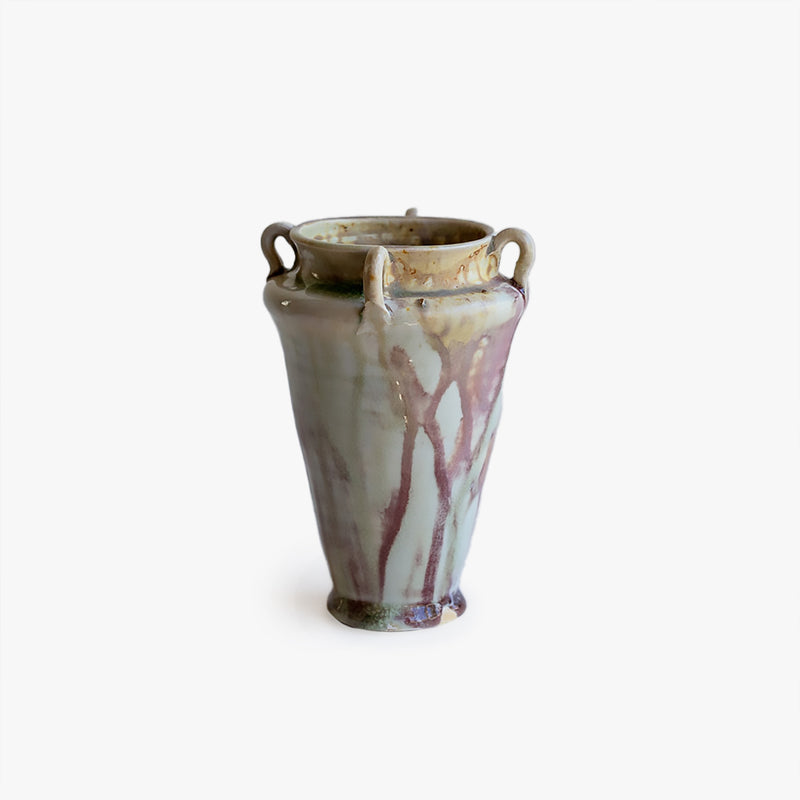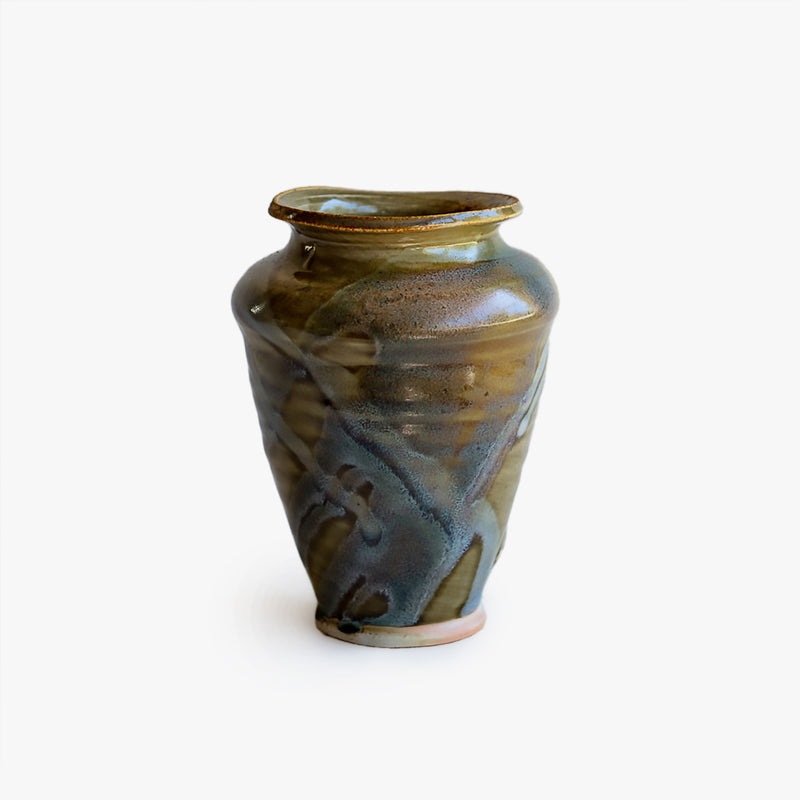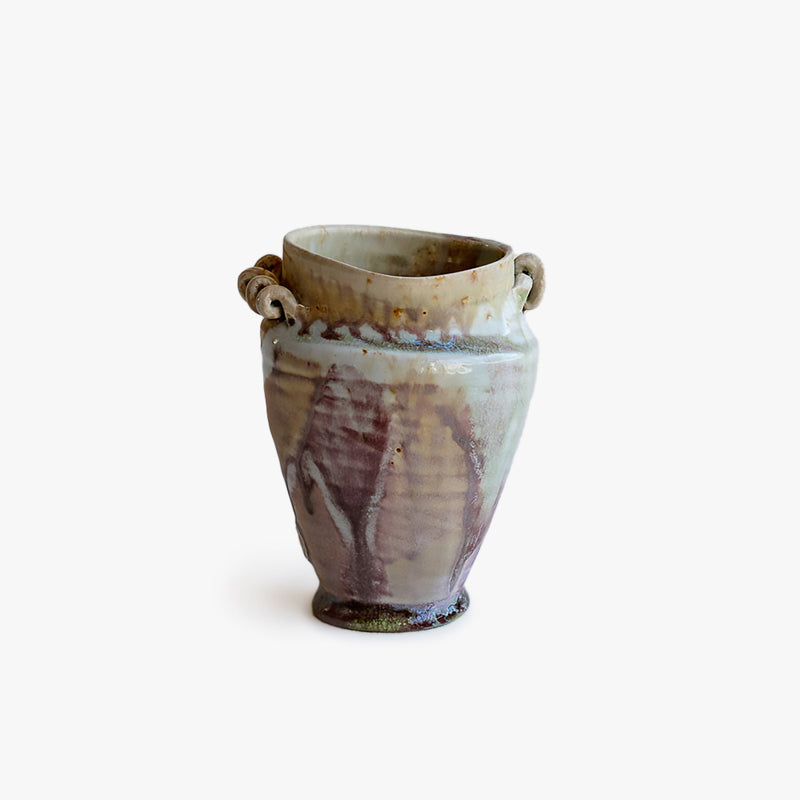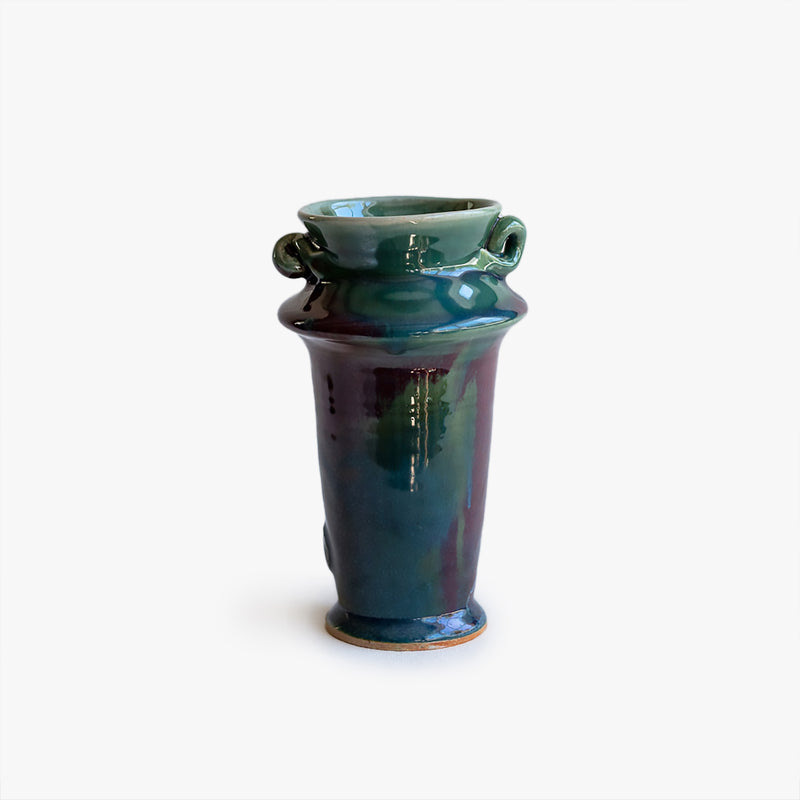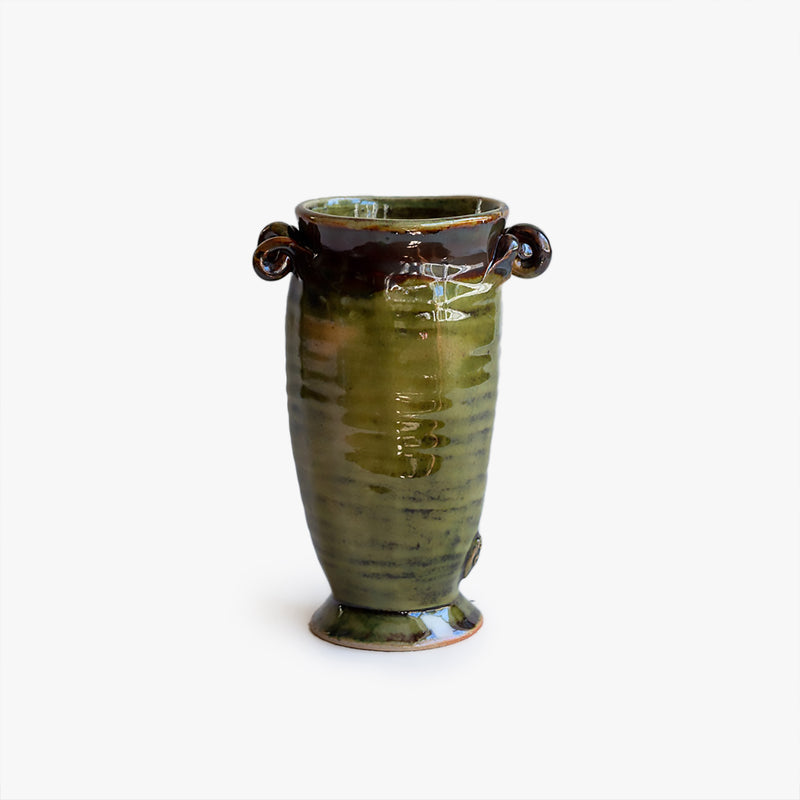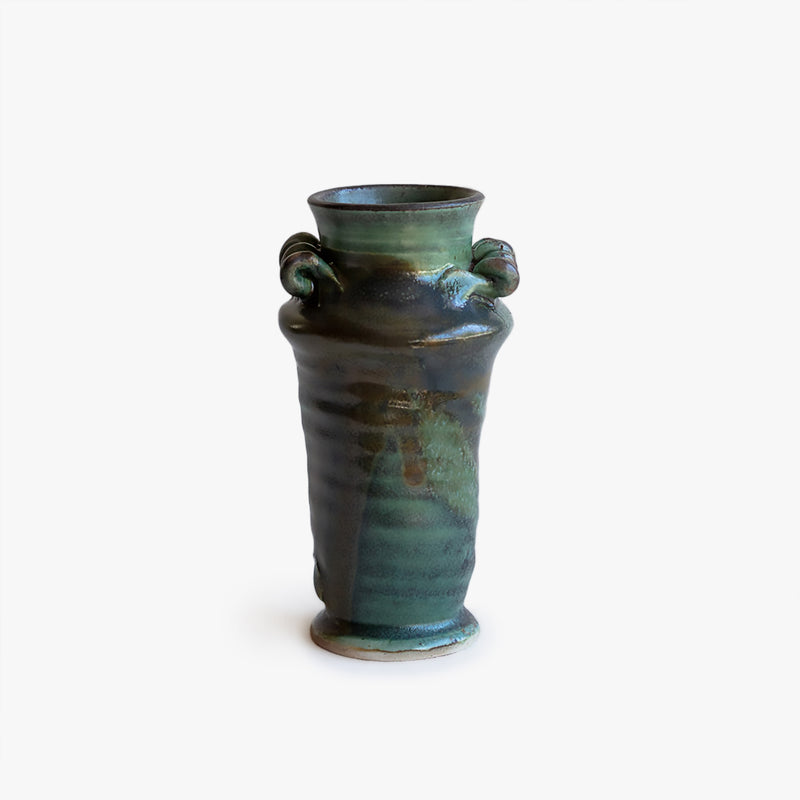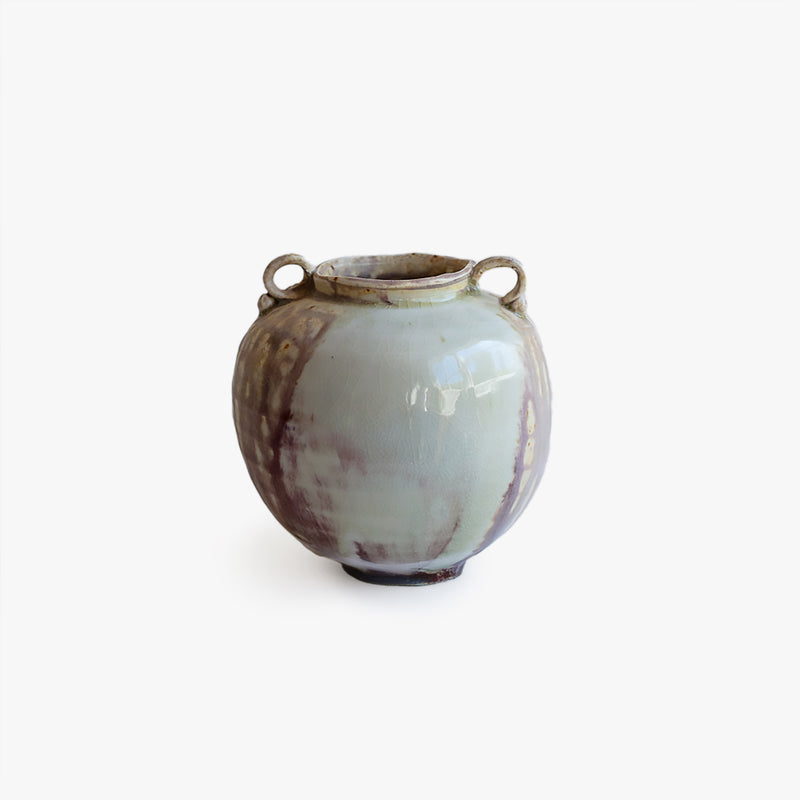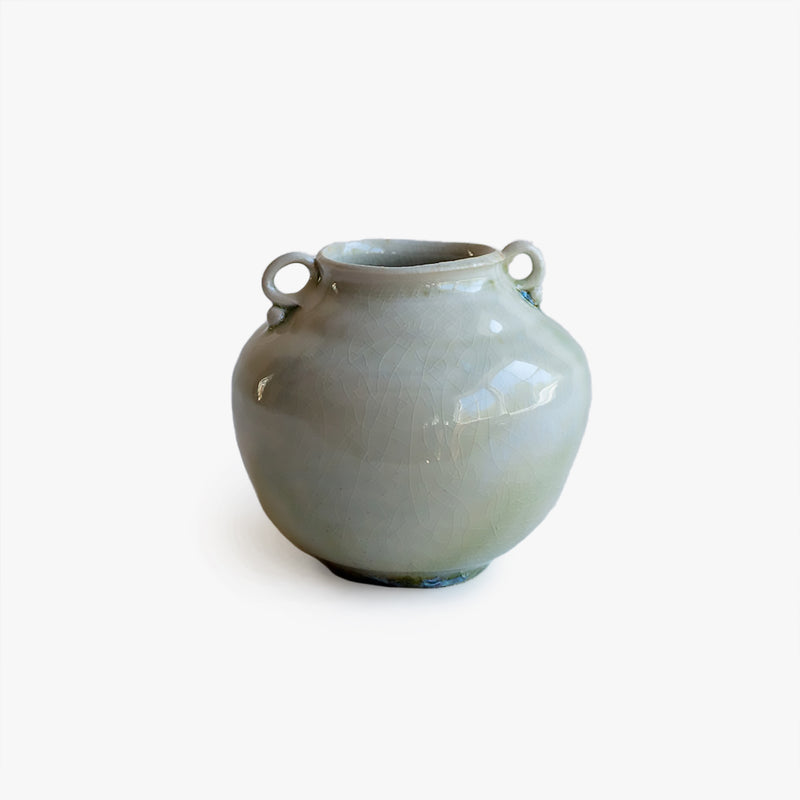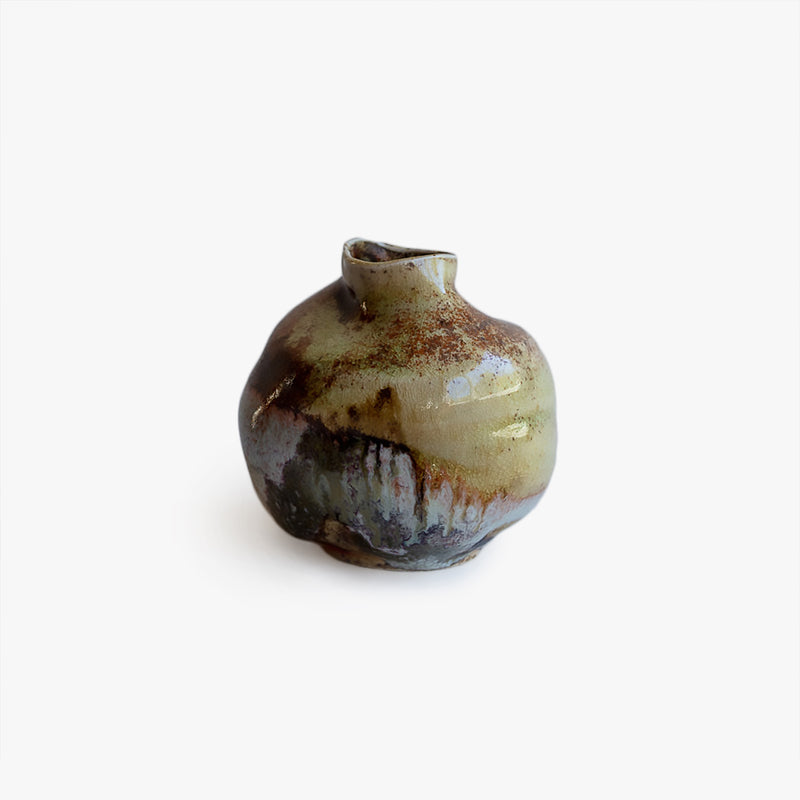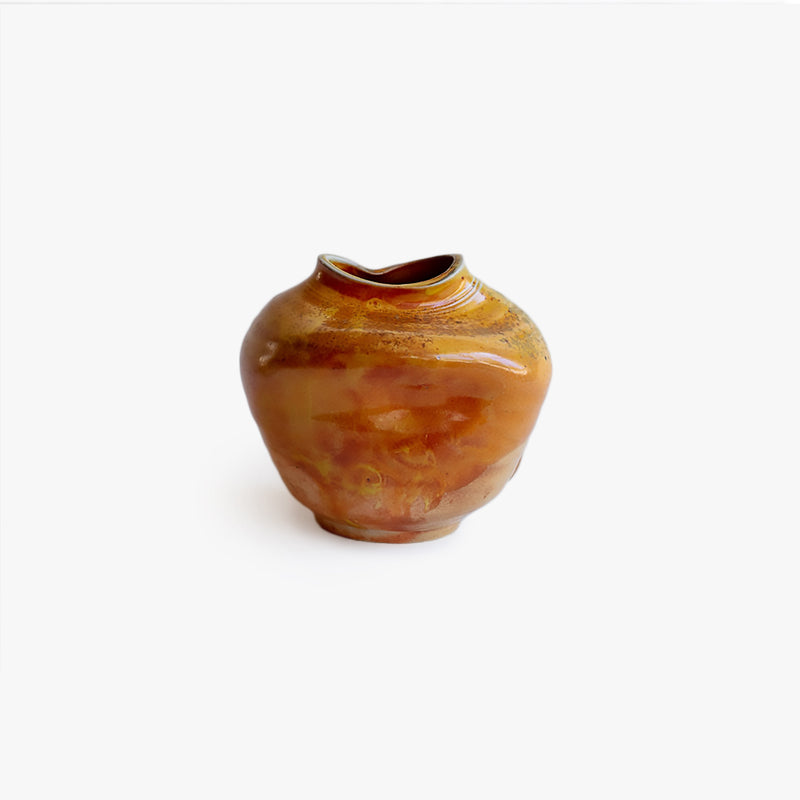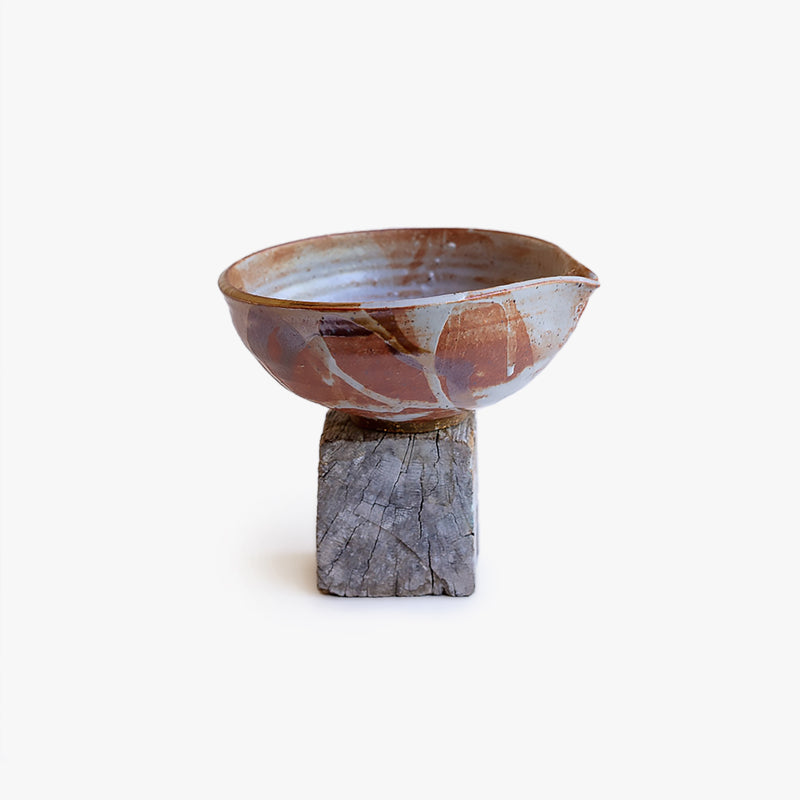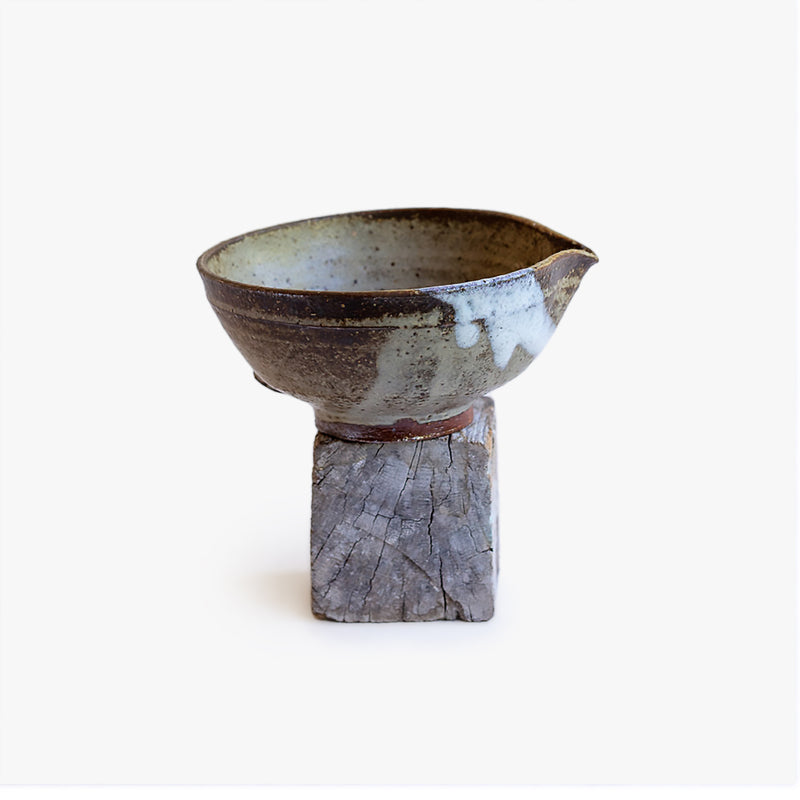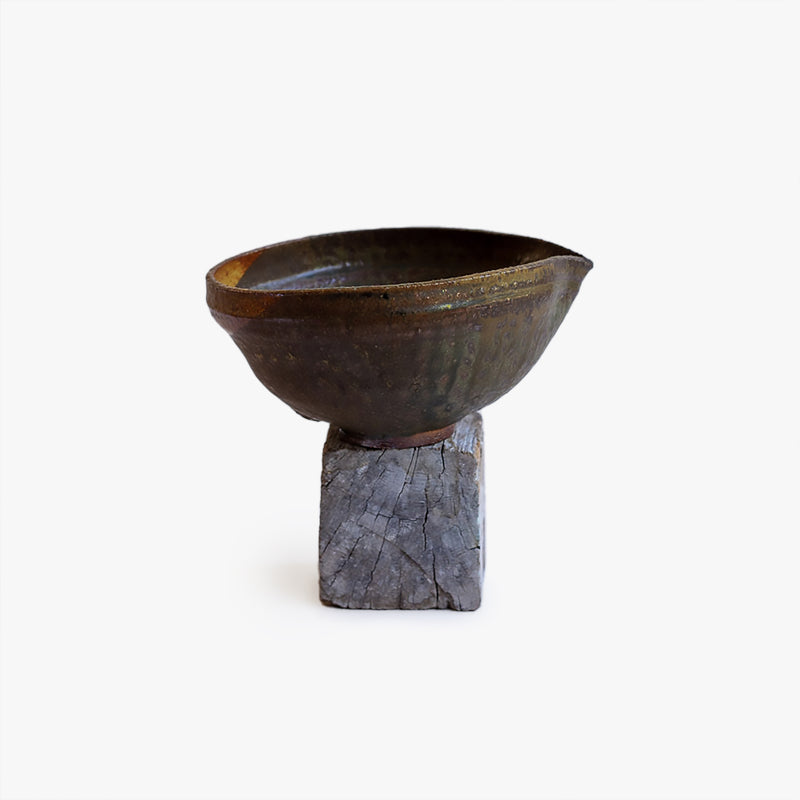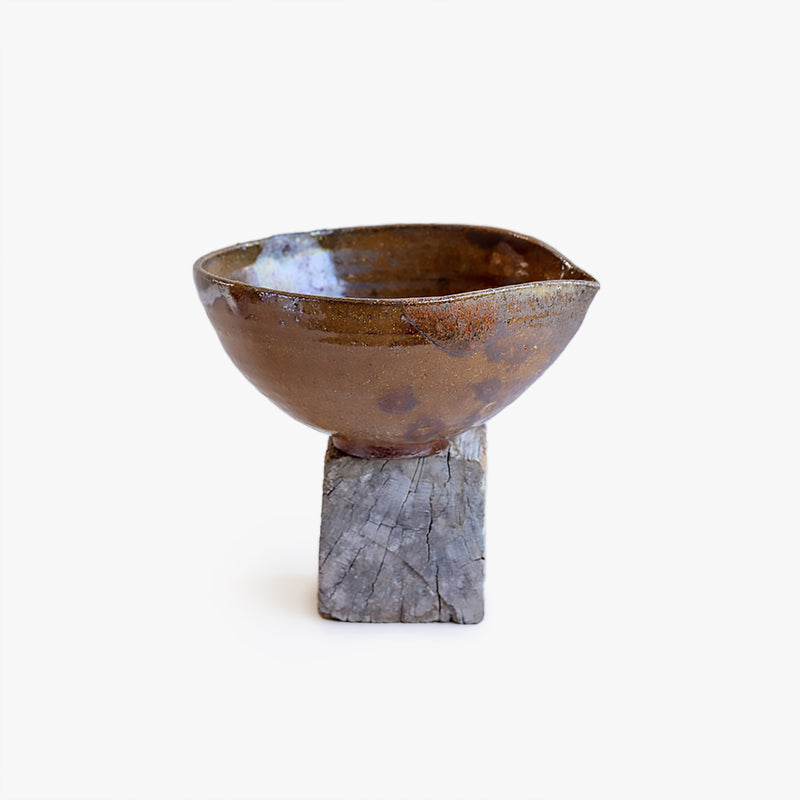Object & Thing presented an exhibition of new work by textile artist Megumi Shauna Arai and ceramicist Frances Palmer at Madoo Conservancy in Sagaponack, New York from May 27–June 25, 2022. Madoo, meaning “my dove” in Old Scots, was the home of artist, gardener and writer, Robert Dash (1931–2013). The historic structures and imaginative garden at Madoo were a source of inspiration for the exhibition which took place in the summerhouse studio. A percentage of sales from all works benefitted Madoo Conservancy.
For any questions related to the exhibition, please be in touch at info@object-thing.com.
Installation Views
All Aflutter
As in, dashing – as in, a dash of this and a dash of that – as in, mad to the finish line – as in, the pause between two thoughts, in which another may arise. All of these associations are appropriate, somehow, to Robert Dash, who began to make a house and garden in his own image in 1967, here in Sagaponack, and didn’t stop creating it continually until his death in 2013. Unto the property, a gathering of historic shingled buildings, he bestowed the name Madoo, Old Scots for ‘my dove’. It’s an endearment that also suggests a sign of peace – and again, an entirely fitting name for the place, which is both warmhearted and placid.
Not that it isn’t exciting. Dash’s infectious personality awaits round every turn: in the rooms of the house, with his vivid paintings hanging on vivid walls; in the exquisitely selected collection of furnishings, among them the most spectacular Thonet rocker you’ll ever see; and perhaps above all in his garden, with its Japanese-style bridge, knot garden, and grove of gingko trees. These and other features and follies, seem to have arrived from another time and place, through the wormhole of an unbridled imagination.
Enter the present day, now, courtesy of Object & Thing. The project has its origins as a new-model art fair, in 2019, and has now shapeshifted into a roving series of installations in the former homes of artists and architects: special places in which special things can congregate. Dash takes his place in the Object & Thing pantheon following projects at the self-designed homes of Eliot Noyes and Gerald Luss. Those two modernist icons found ways to make the rigors of the International Style intensely personal. Dash’s vision, even more obviously individualistic, took its energy from other currents: poets and painters of his acquaintance, like Frank O’Hara and Fairfield Porter; the winsome avant-gardism of the Omega Workshop; and the influence of other gardeners, notably Rosemary Verey, who in the 1970s and ‘80s was arguably the preeminent figure in the field in Britain (which is really saying something).
Two artists now enter this charmed circle of association: Megumi Shauna Arai and Frances Palmer. Both conducted site visits earlier in the year to develop their aesthetic response to Madoo. Palmer, herself a gardener of great skill, contributes wood-fired ceramics that provide intelligent counterpoint to the house’s vibrant palette. Palmer’s pottery is distinguished for its wide range of glazes; she has a signature touch, more than a signature look.
Here she works, loosely and associatively, within the venerated Japanese idiom of oribe, named for the 16th-century connoisseur Furuta Oribe, who helped to cultivate the taste for poetic rusticity that still forms the aesthetic center of the tea ceremony. The ceramic type developed under his patronage features wayward forms, embellished with landscape motifs in dark iron slip, and pools of glaze so pond-green that you half- expect a frog to jump out of them. At Madoo, Palmer’s pots are salon-hung on the walls, and also displayed on Dash’s tabletops. Her footed forms depart from Japanese precedent, instead evoking ancient Mediterranean typologies – Cycladic vessels and Roman amphorae – with a hint, here and there, of genius potter George Ohr’s ruffled wonders. Throughout the run of the show, the pieces will further enlivened with her own arrangements of flowers from the garden, helping the exhibition keep pace with the world out of doors.
Arai contributes framed square fabric works – a painting-type format – as well as noren hung from the rafters of Dash’s ceiling. A final piece will hang in a window, capturing the Long Island light. While continuing her exploration of the boro technique (the Japanese analogue to American scrap quilting), she explores new territory, here, with the use of natural dyes and over-dyes in all of the textile pieces. The material palette is astonishingly broad – including logwood, madder, marigold, indigo and walnut, to name a few – and in some cases she has used up to ten separate color vats to get the desired effect.
Inspiration for several of the works shown at Madoo has come from the Zen poet and calligrapher Mitsuo Aida, a figure in Arai’s imaginative life since the fourth grade. Living in Tokyo, at the time, she was feeling isolated – she and her sister were the only biracial students among hundreds – and a sympathetic teacher gave her a copy of Mitsuo’s book Ningen Da Mono (Because We Are Human). The teacher’s gift was, for her, bound up with the theme of the book , which Arai summarizes as “universality in our most simple and vulnerable core essence” – a lofty idea that Mitsuo expressed with remarkable humility. One can say just the same of her textiles.
Should you have a free day this summer, there’s little better you could do than dash over to Madoo, and take in this unlikely but wondrous triumvirate of talents – Arai, Palmer, and Dash. A further suggestion, while you’re here: find a garden seat and read Mitsuo Aida’s short poem My Beautiful Life, which begins:
Because it has lived intensely
The parched grass still attracts the gaze of passers-by.
The flowers merely flower,
and they do this as well as they can.
Artists, I suppose, merely make art, as well as they can. Here at Madoo, for half a century and still today, that has been so much more than enough.
By Glenn Adamson

